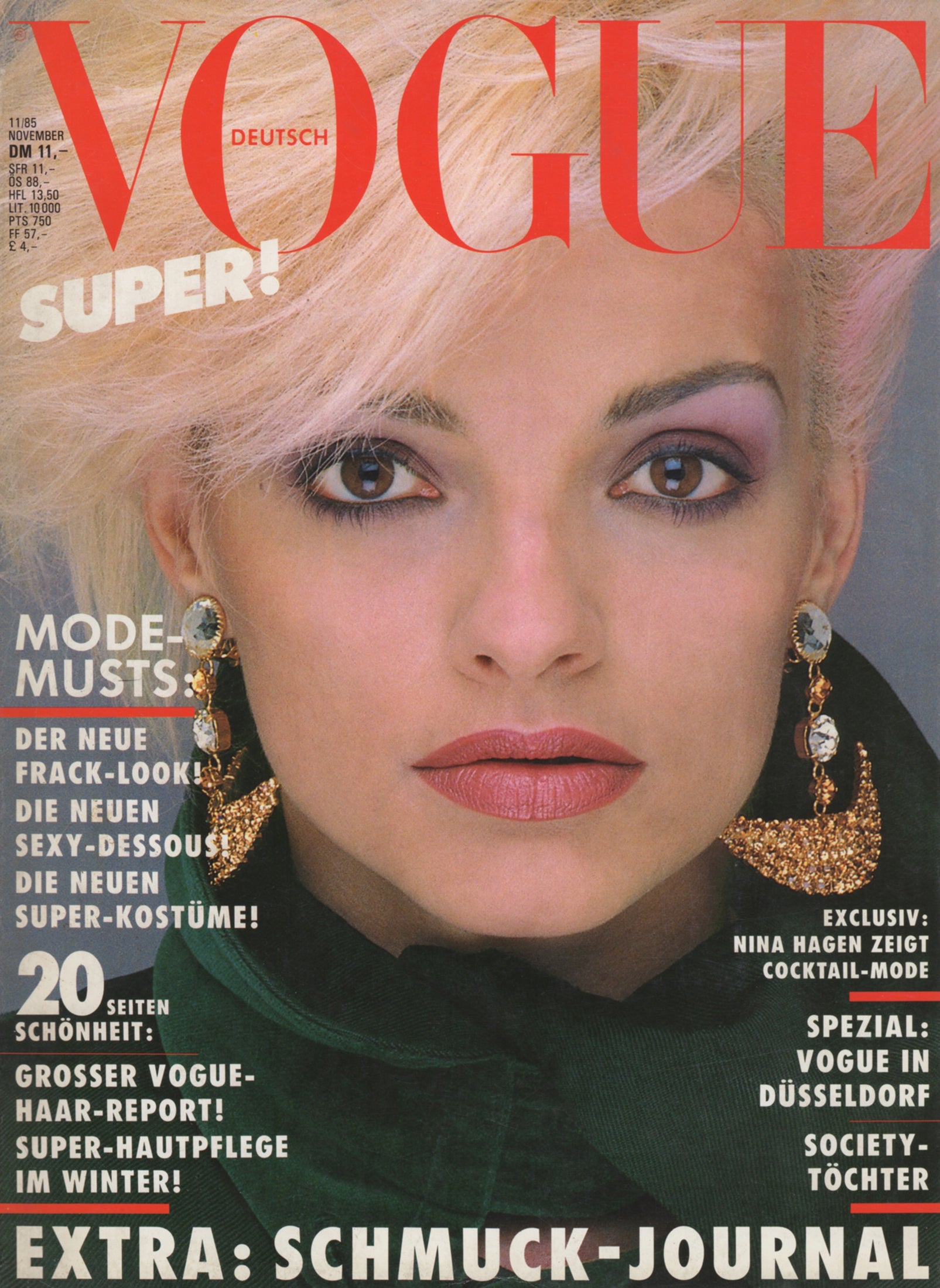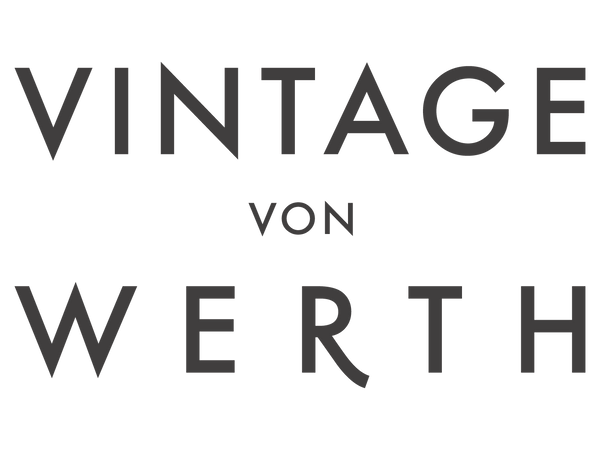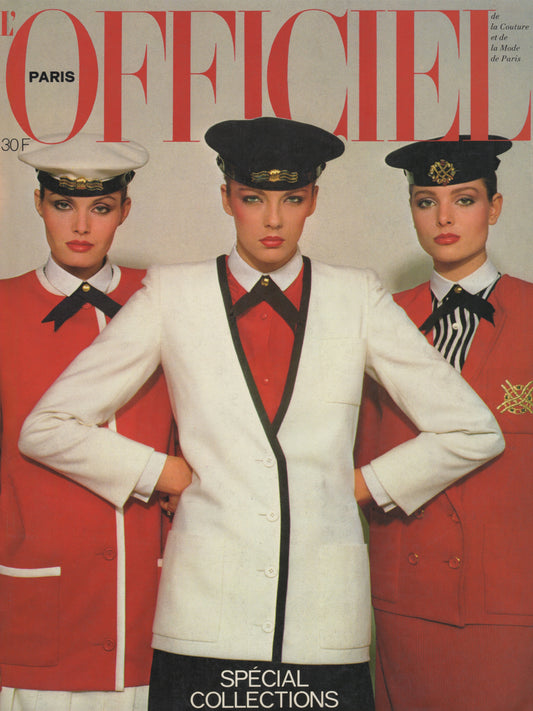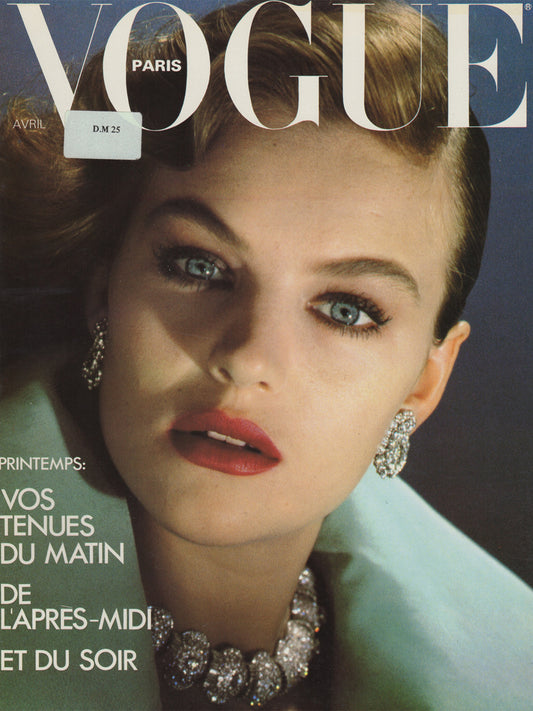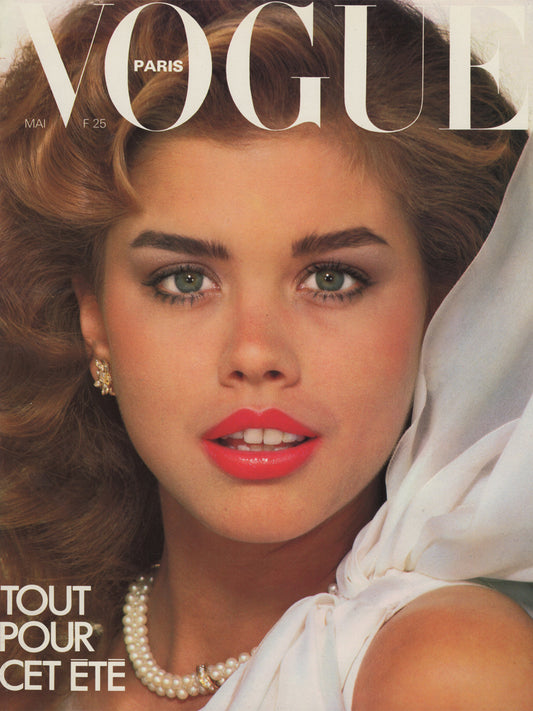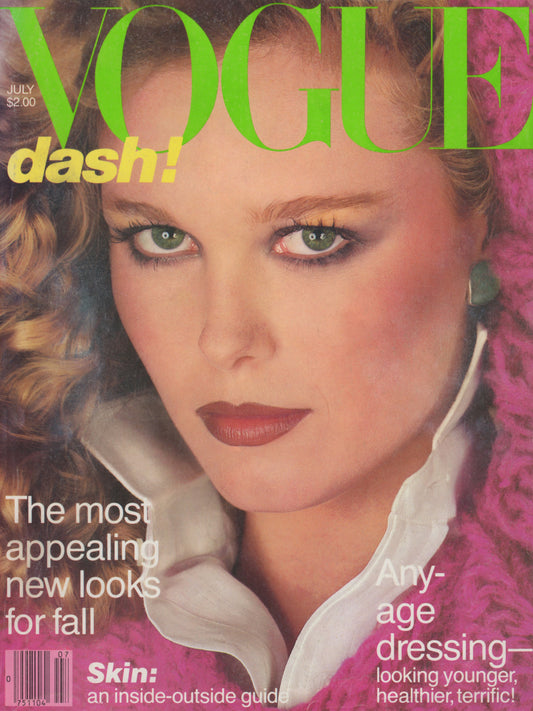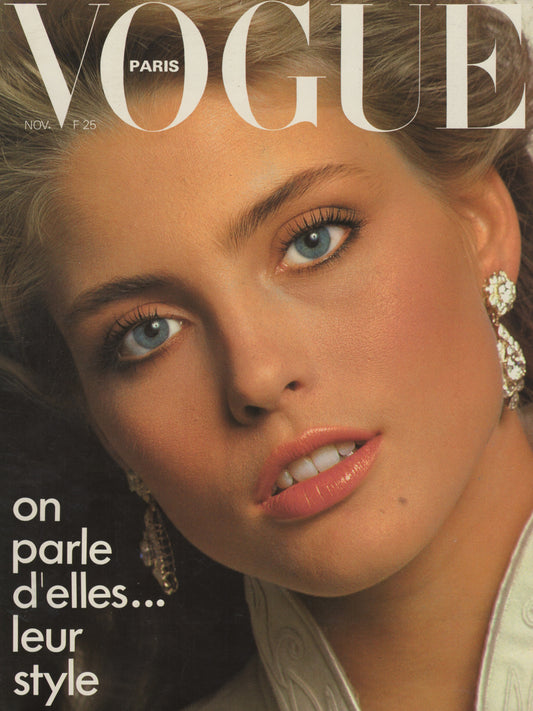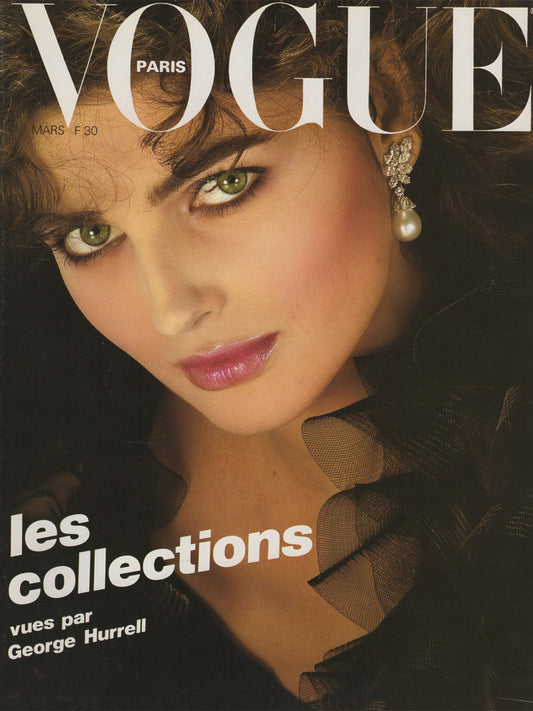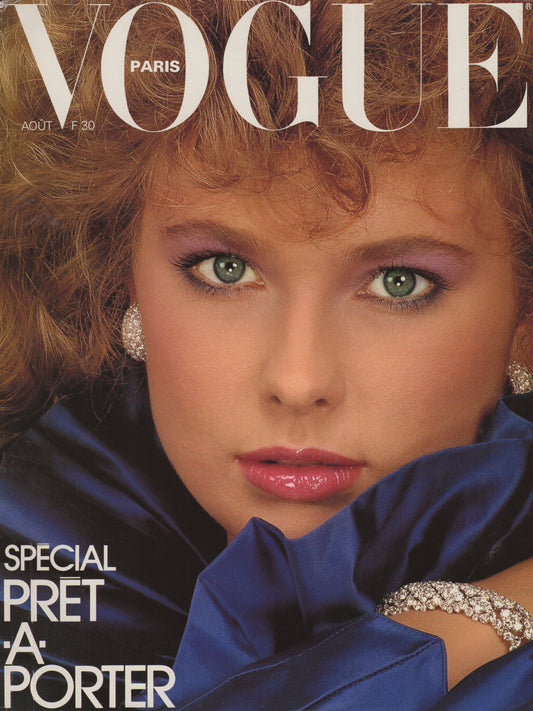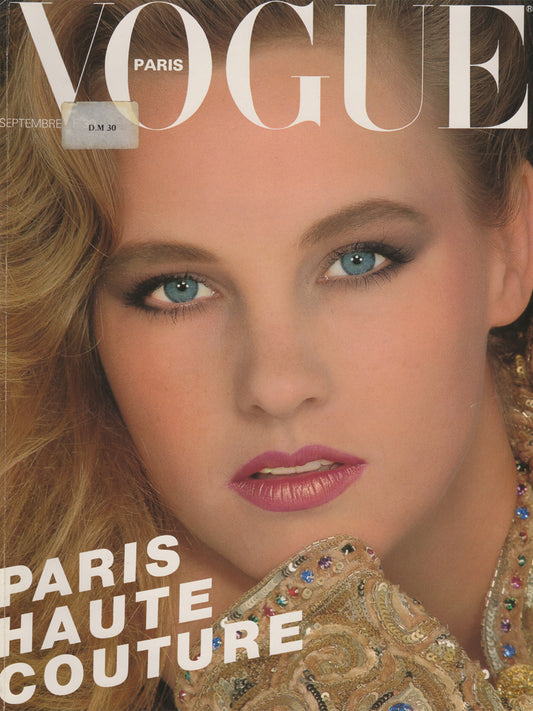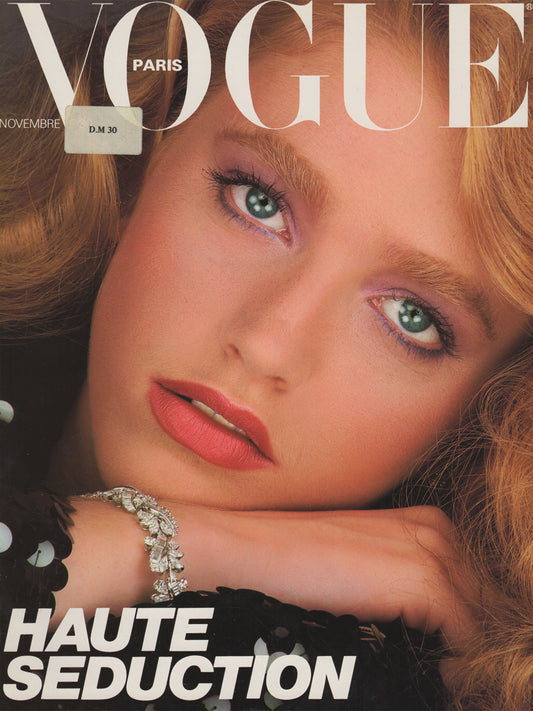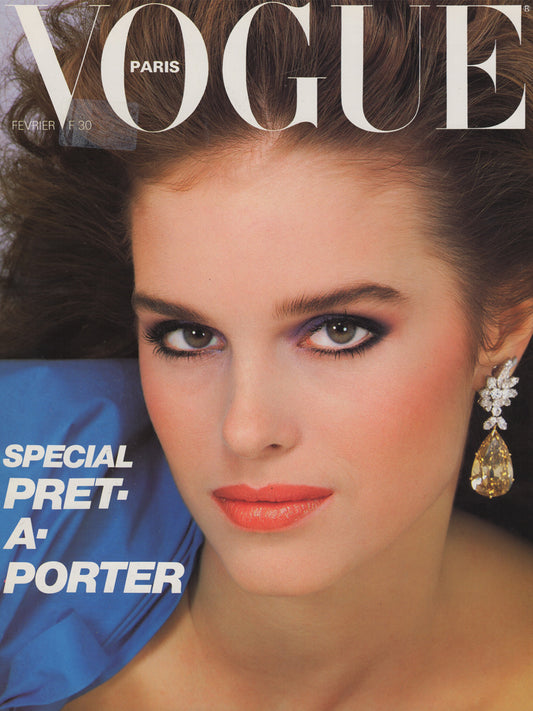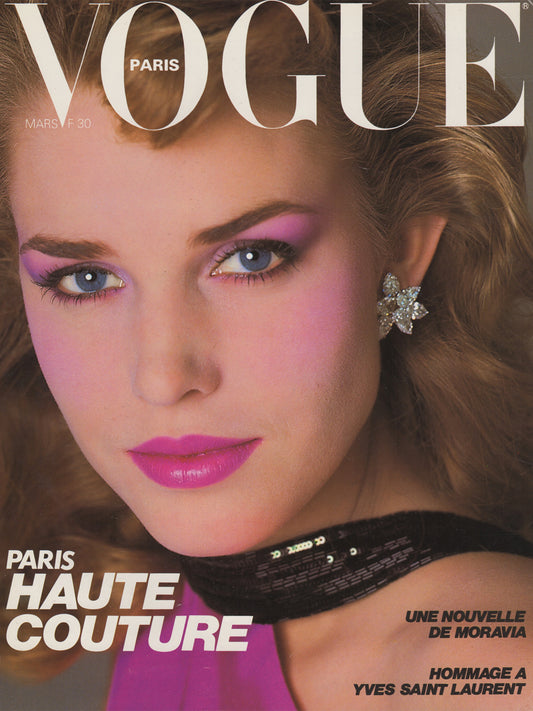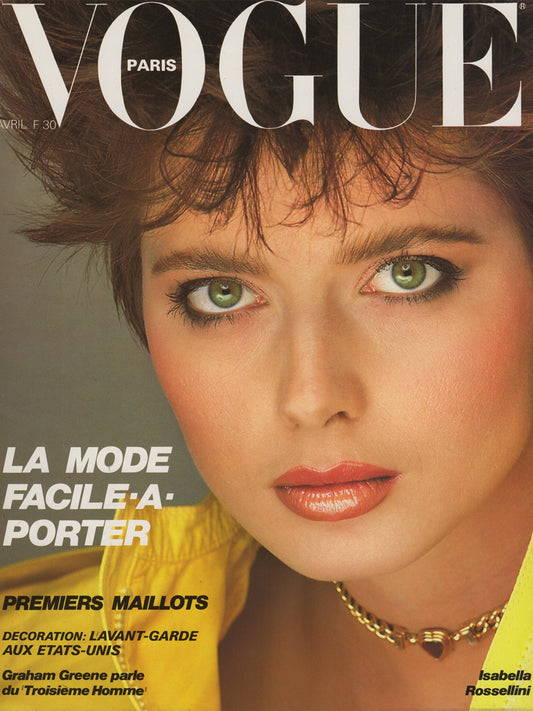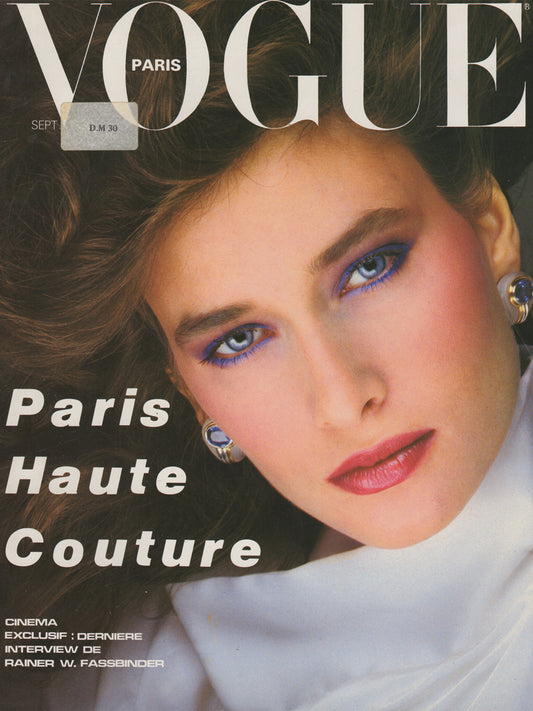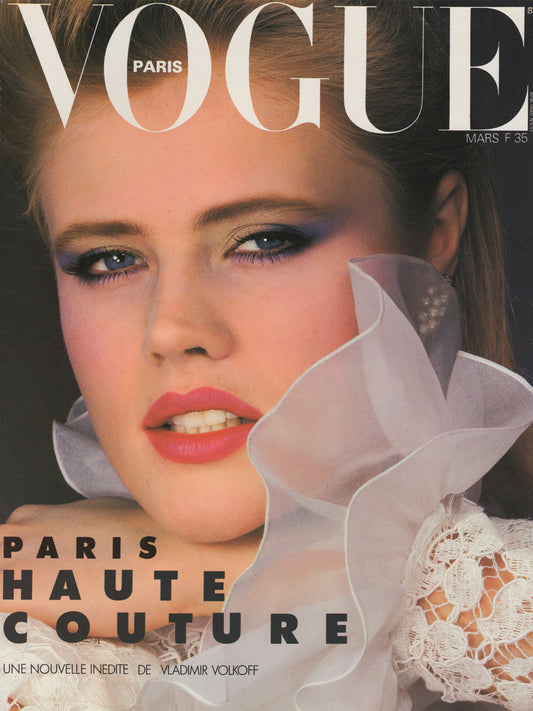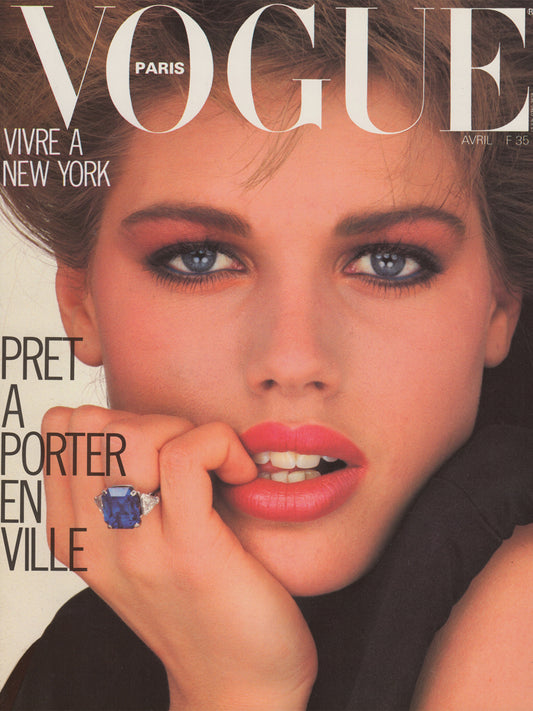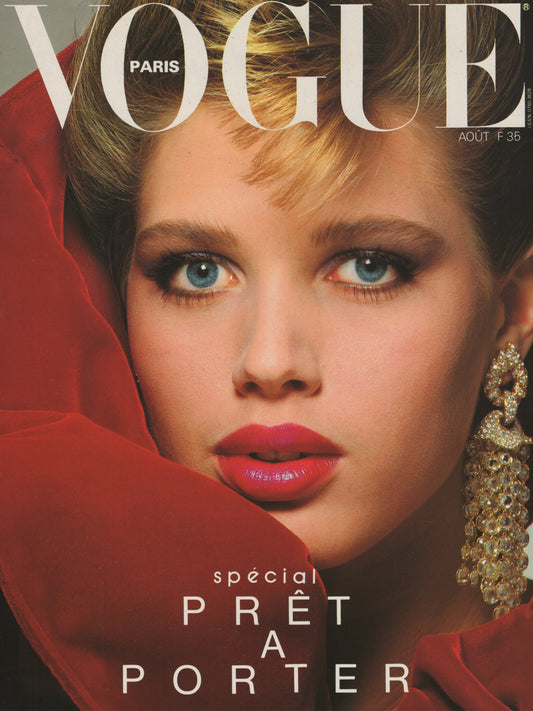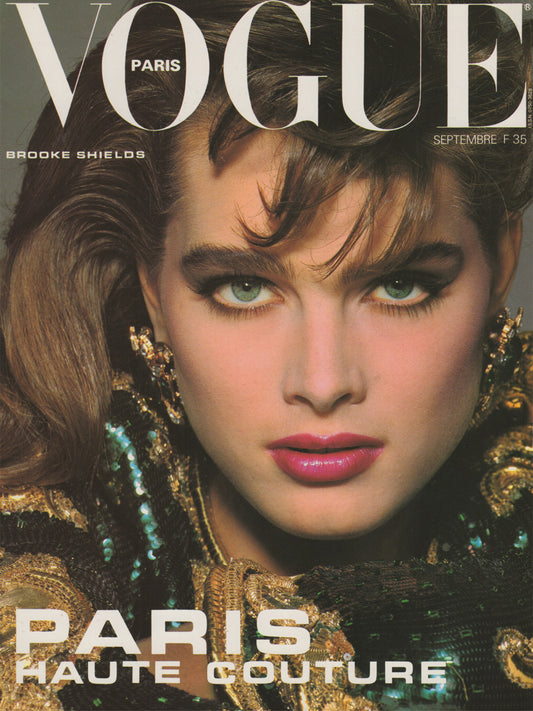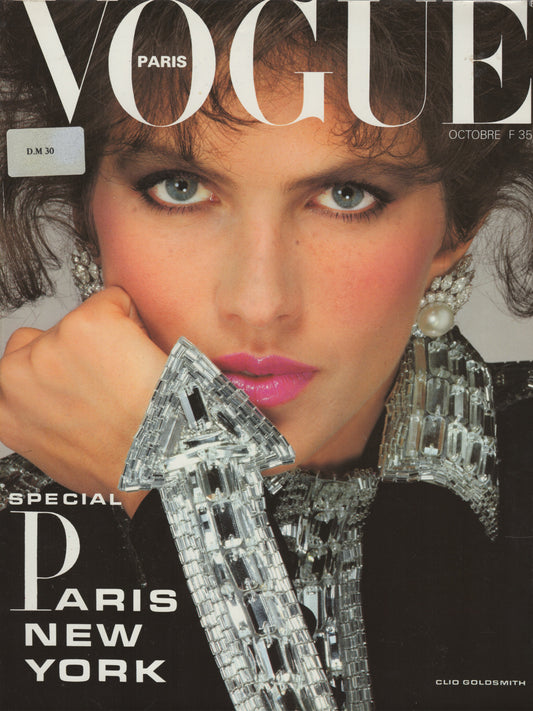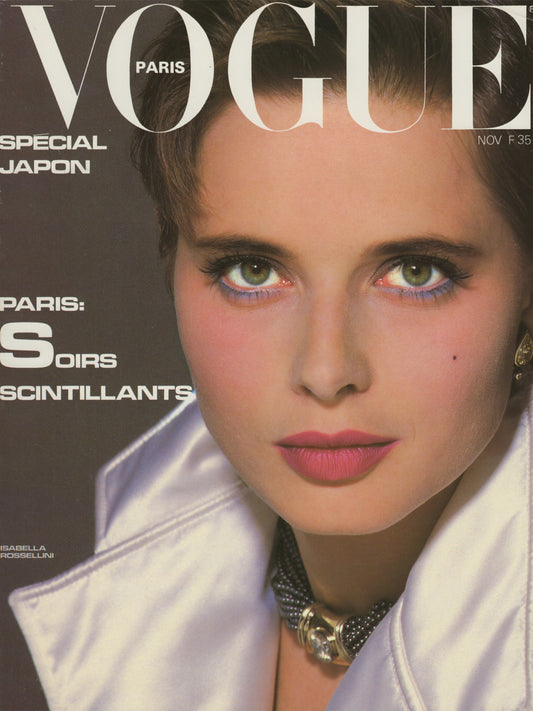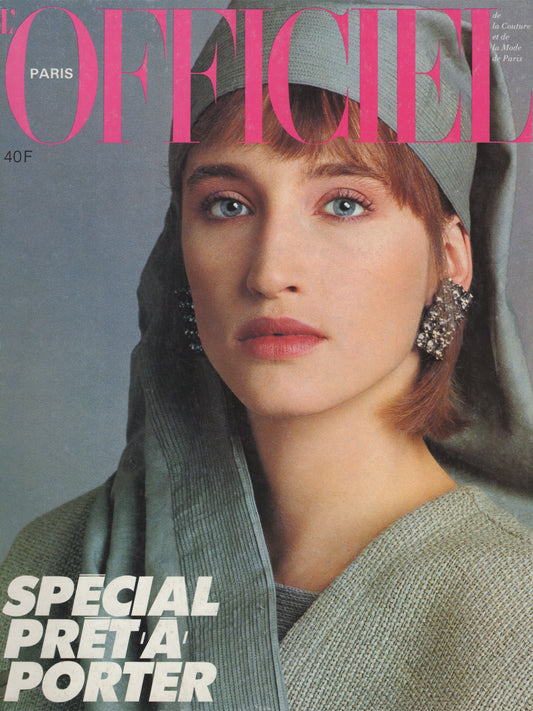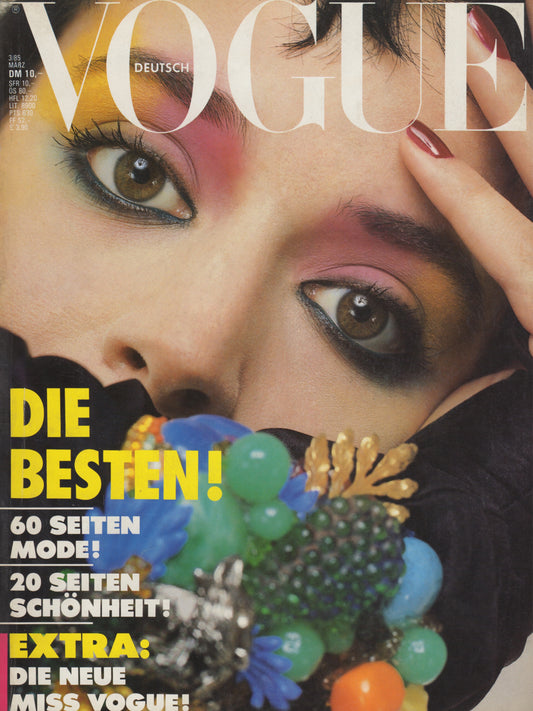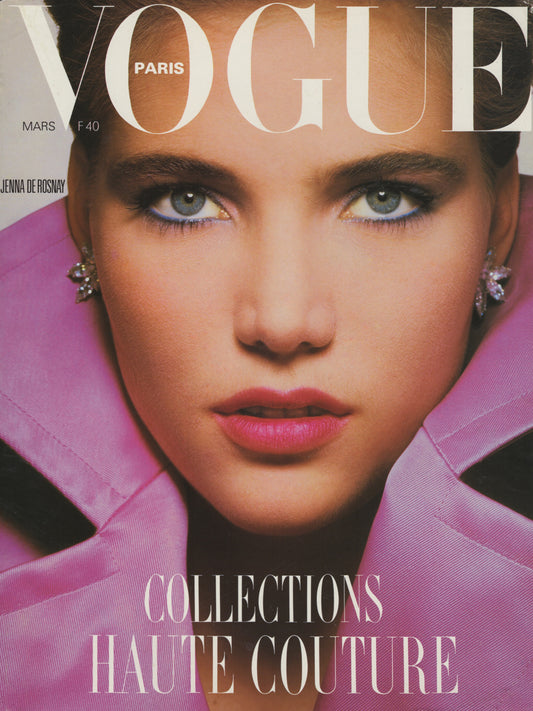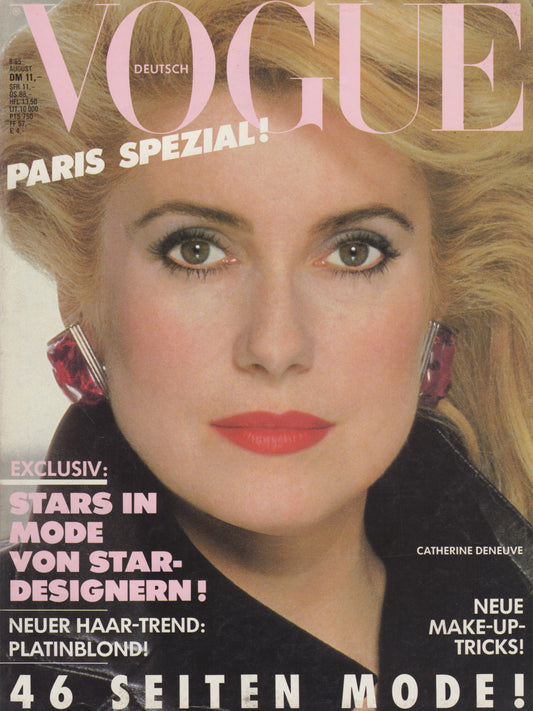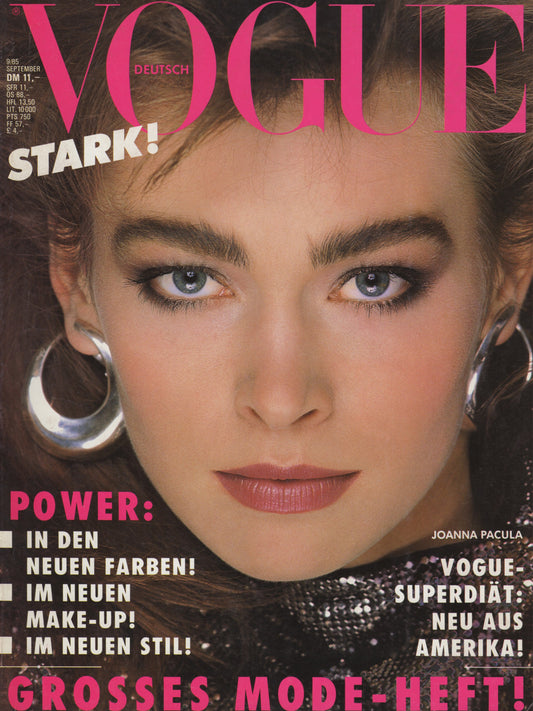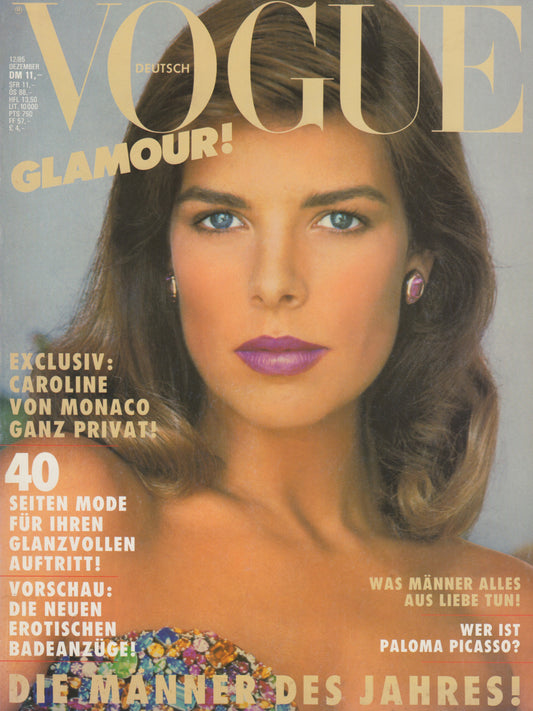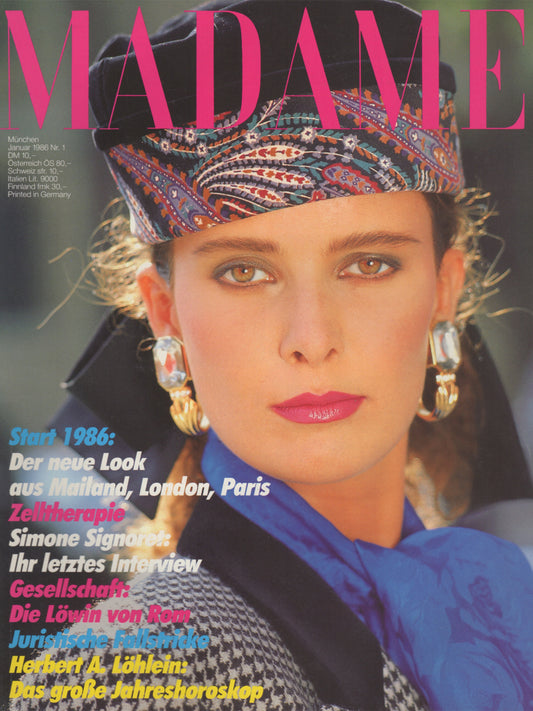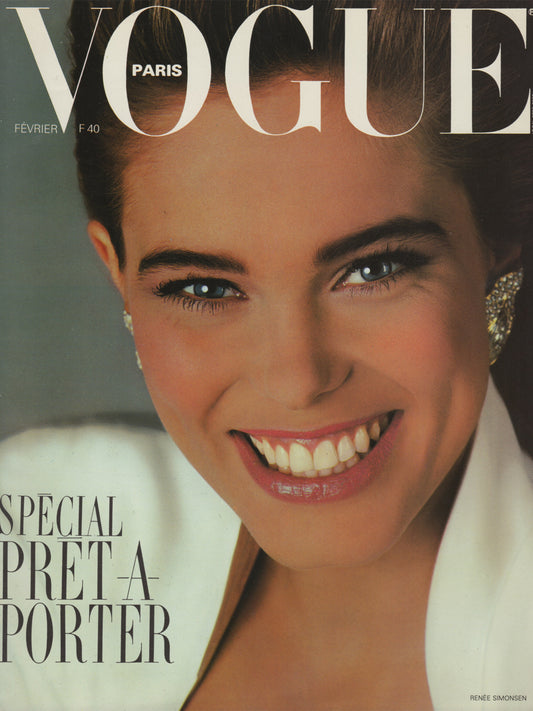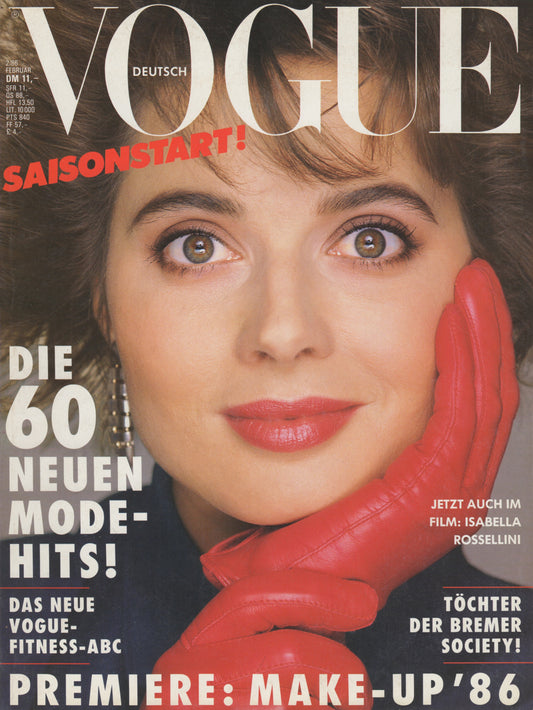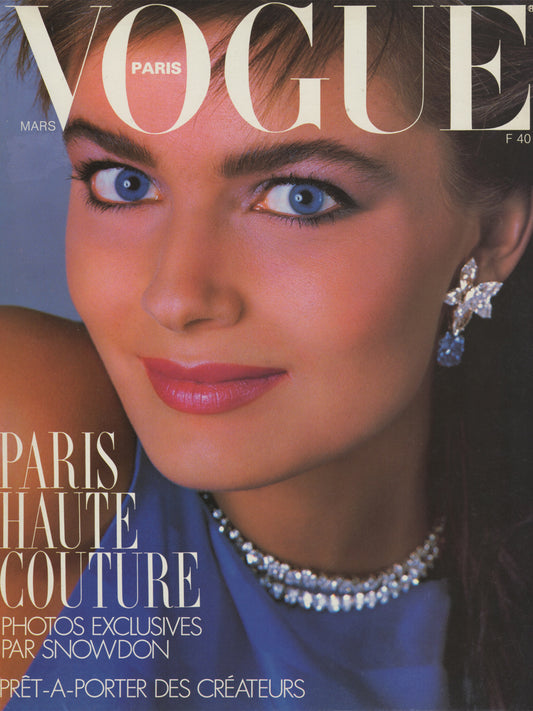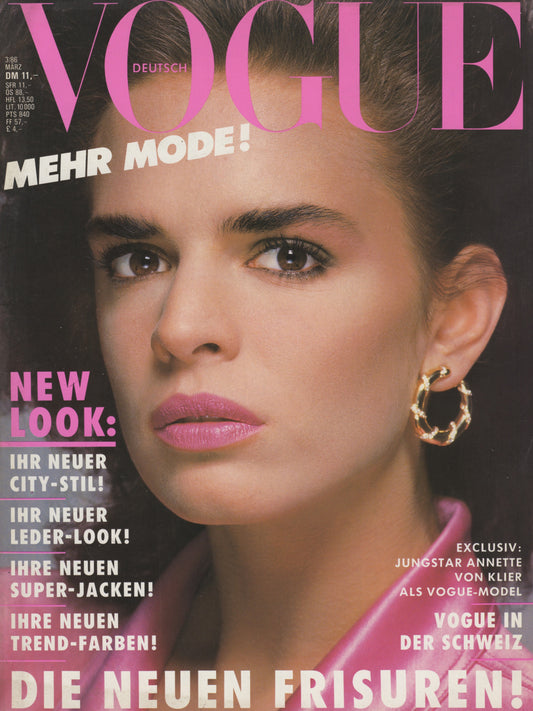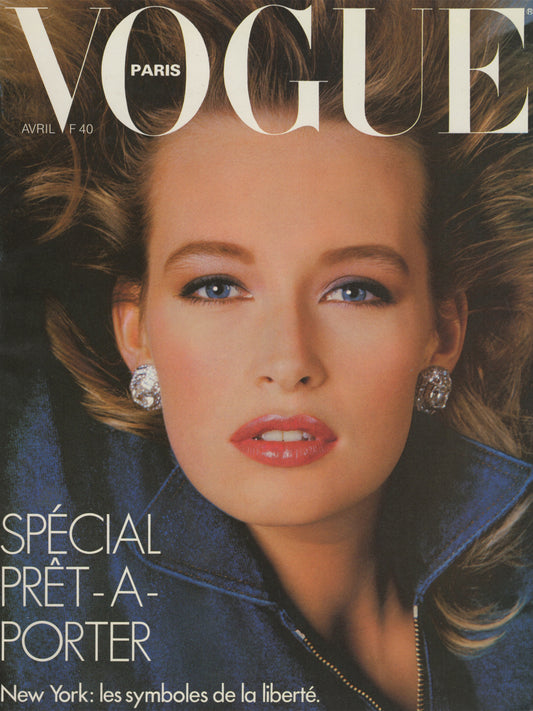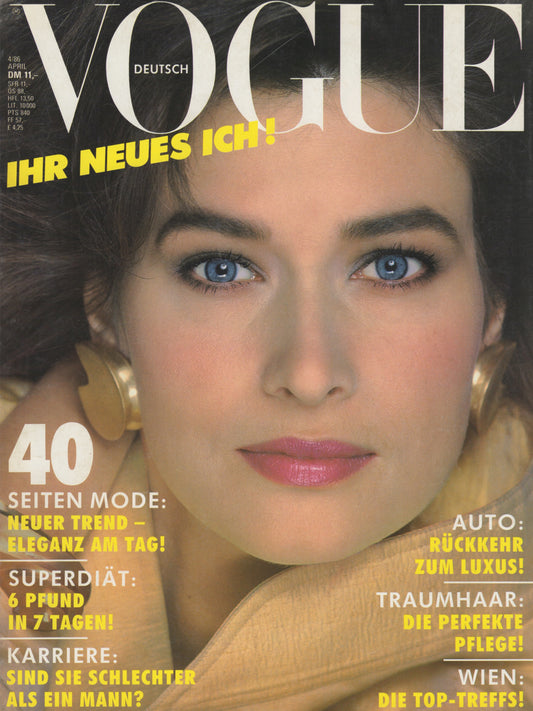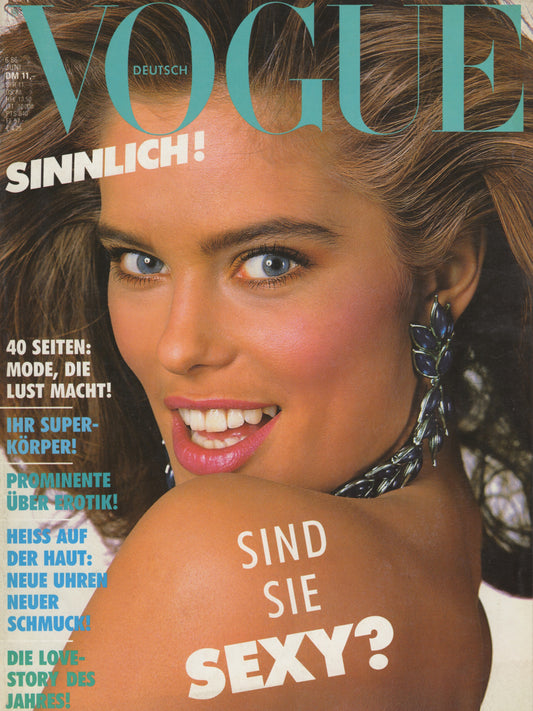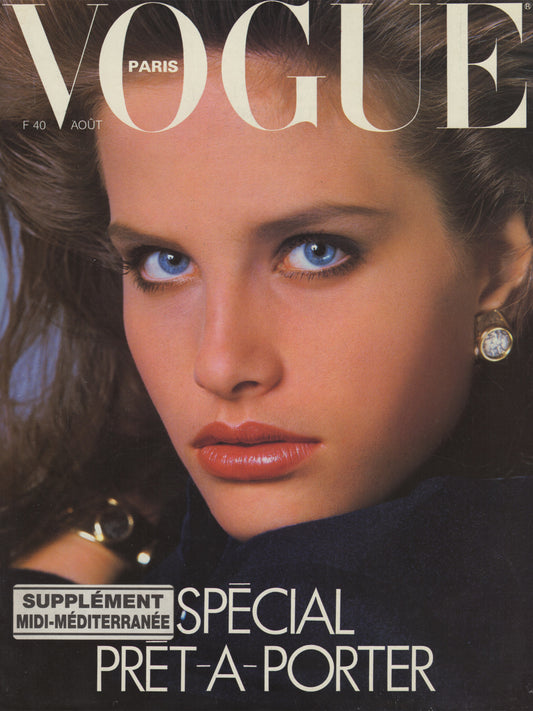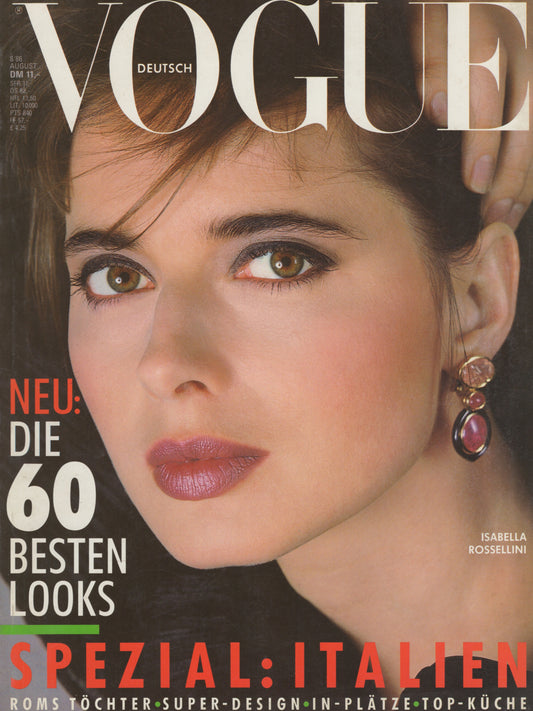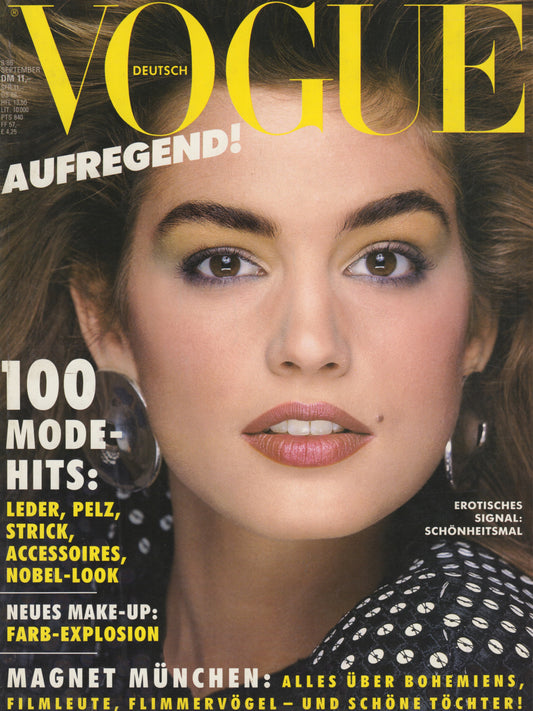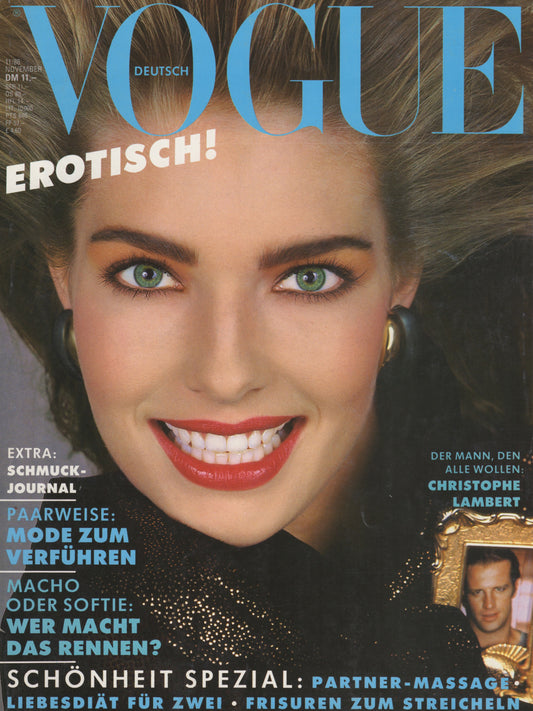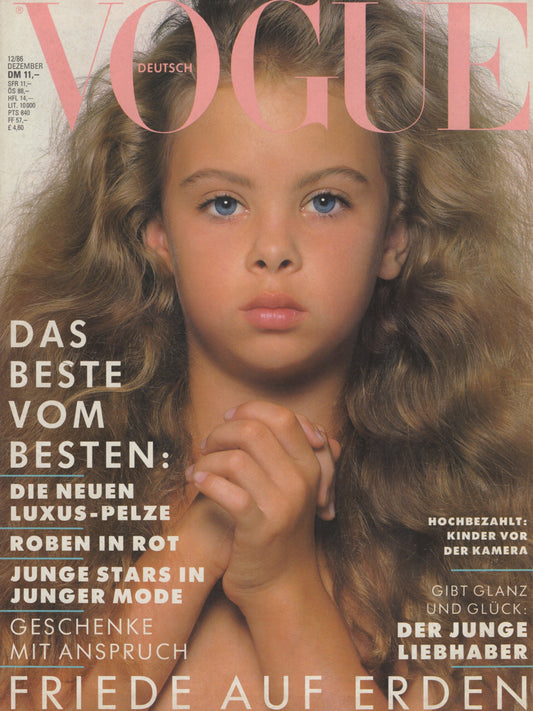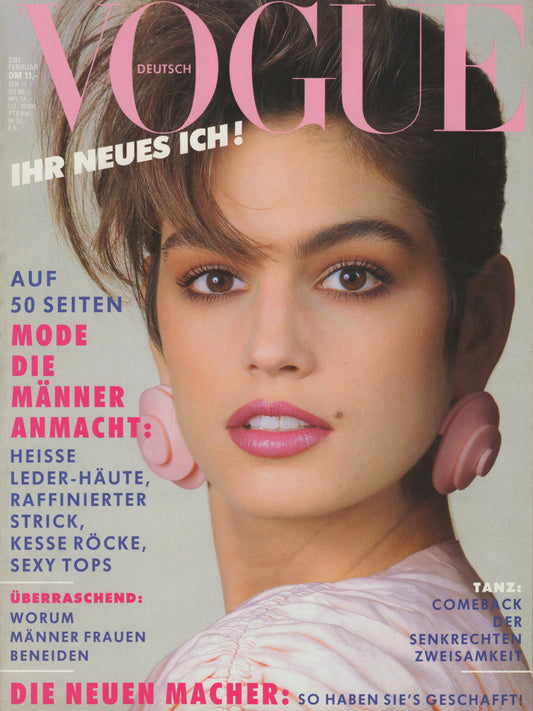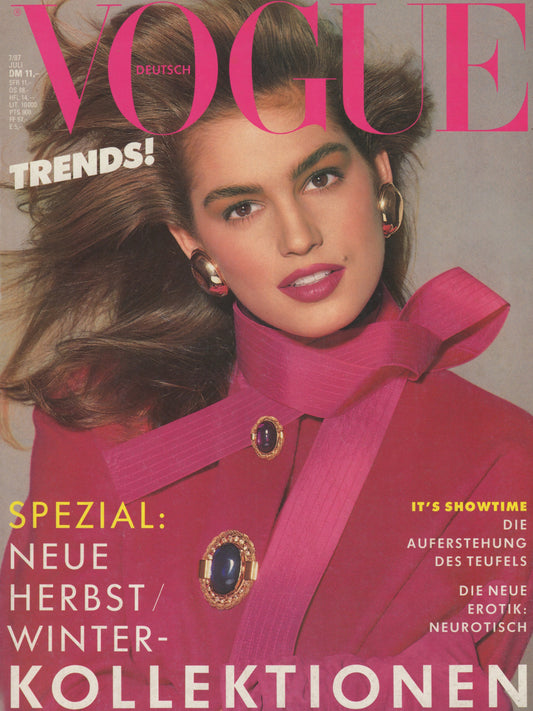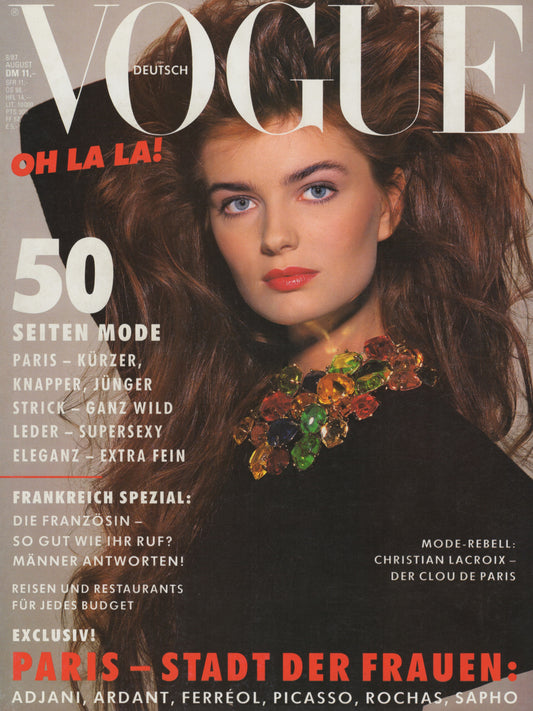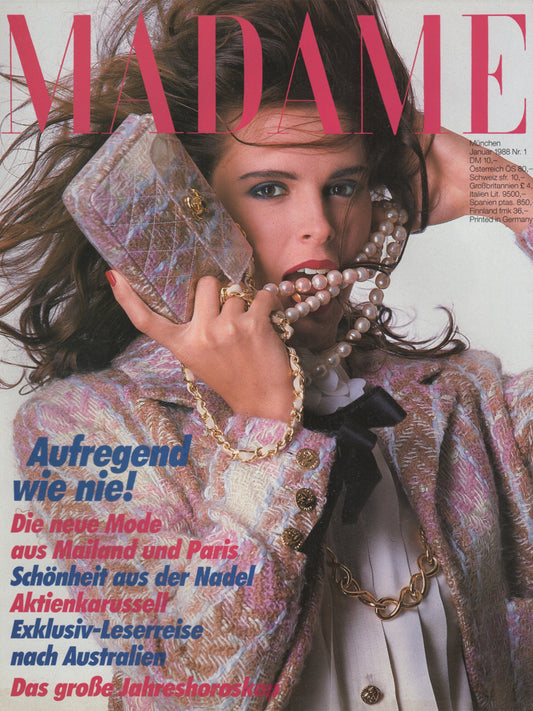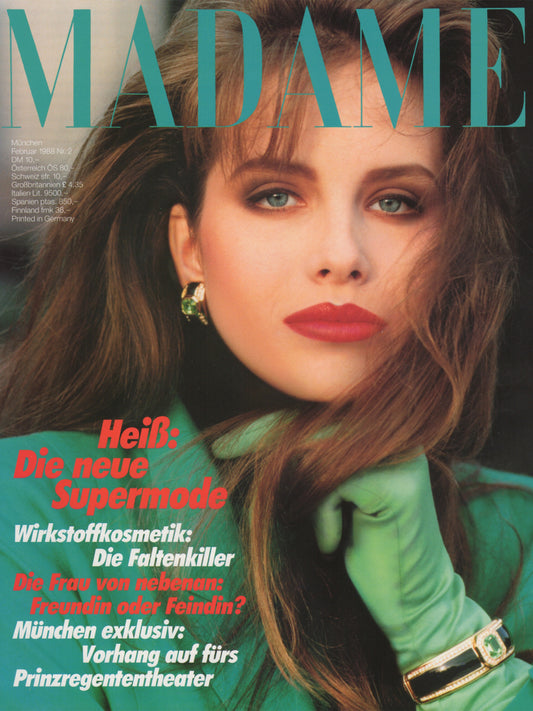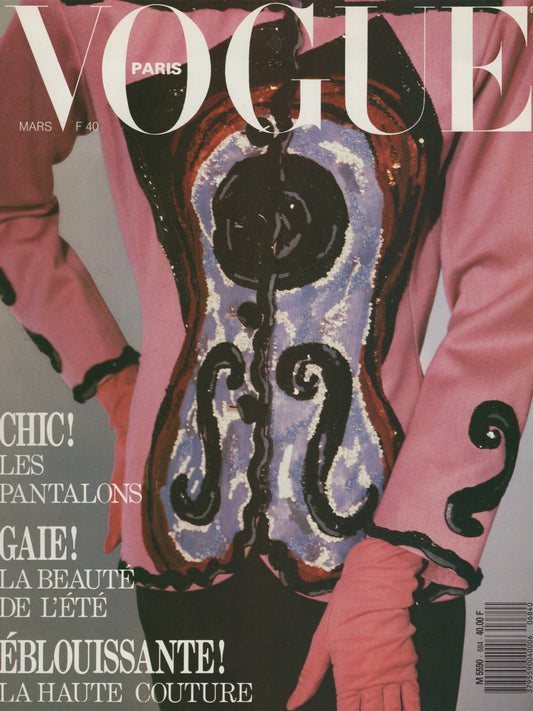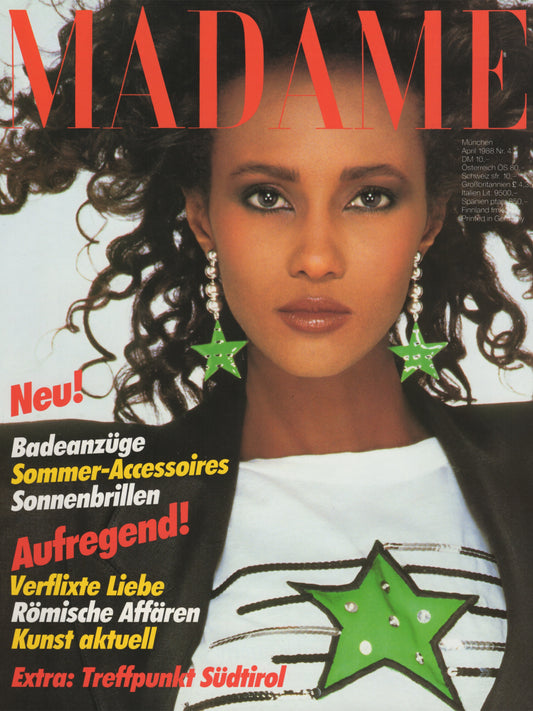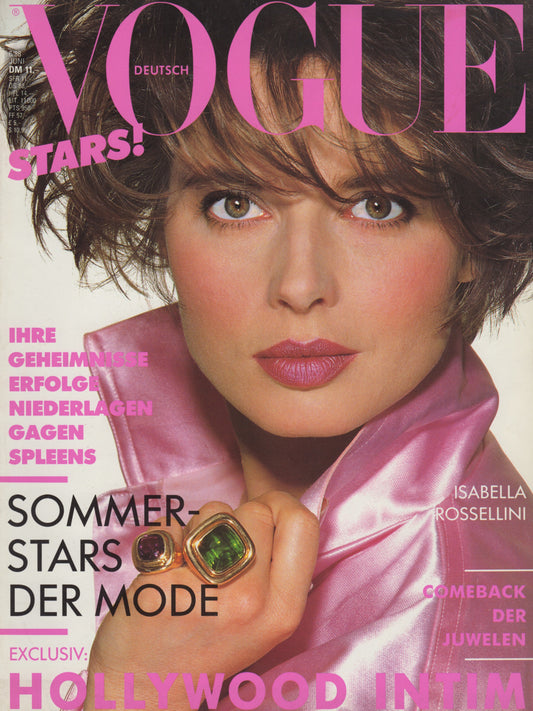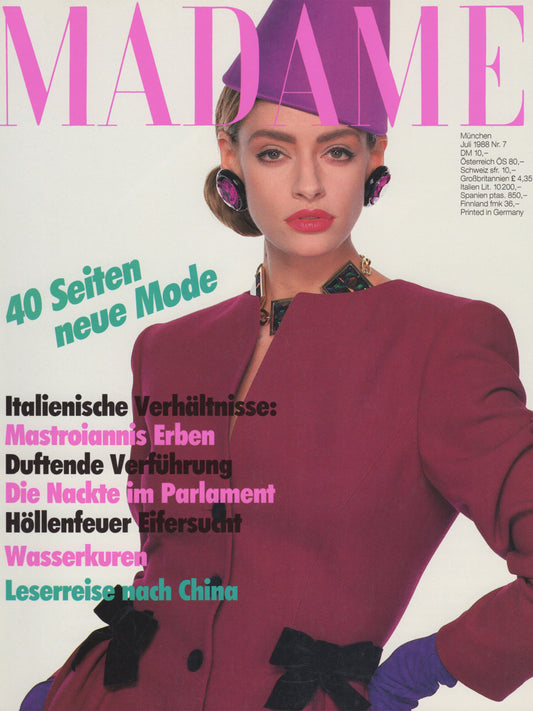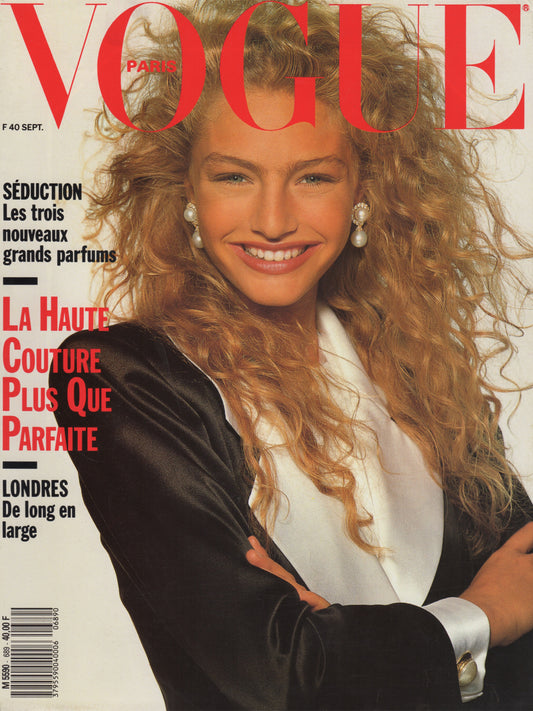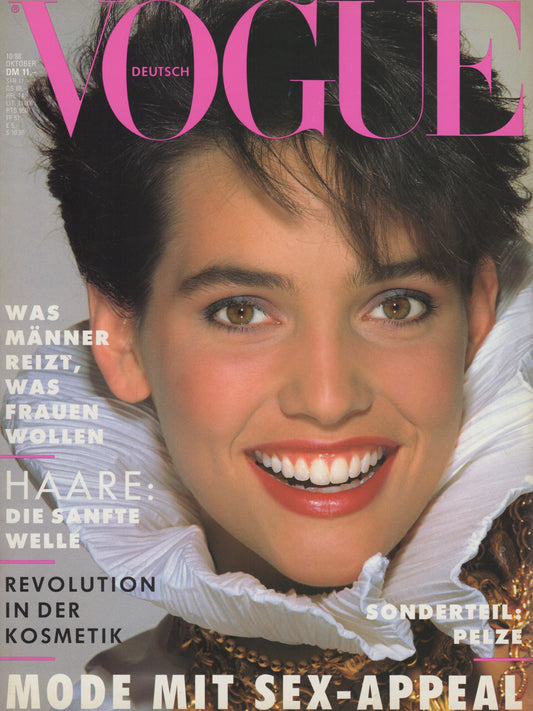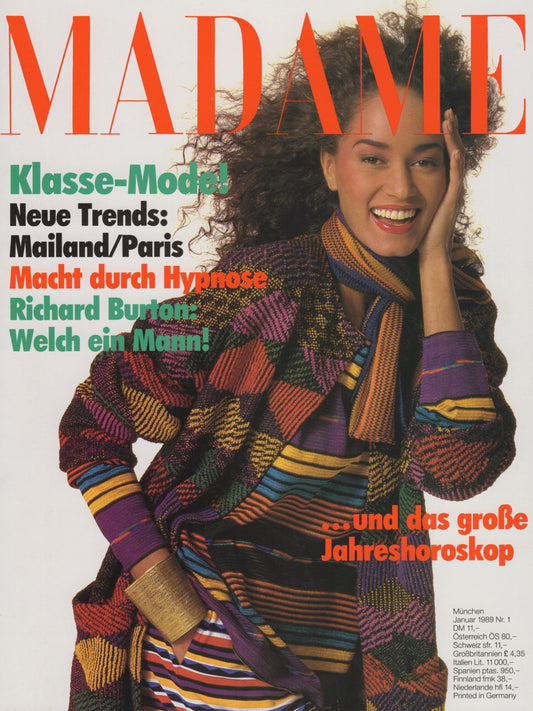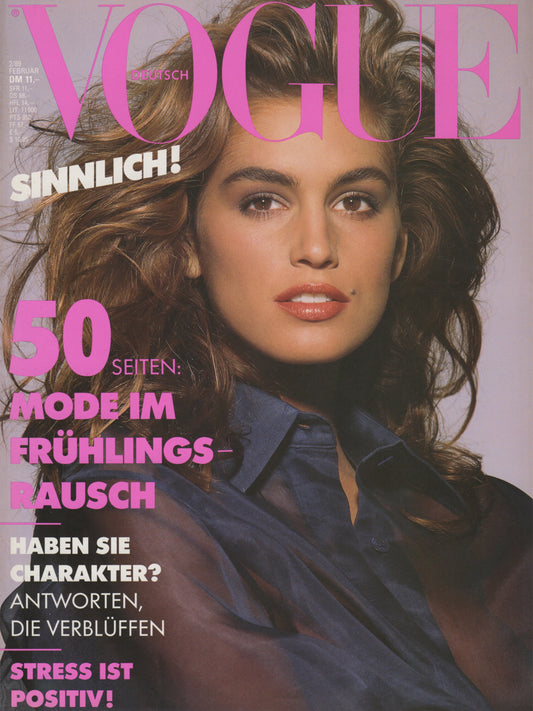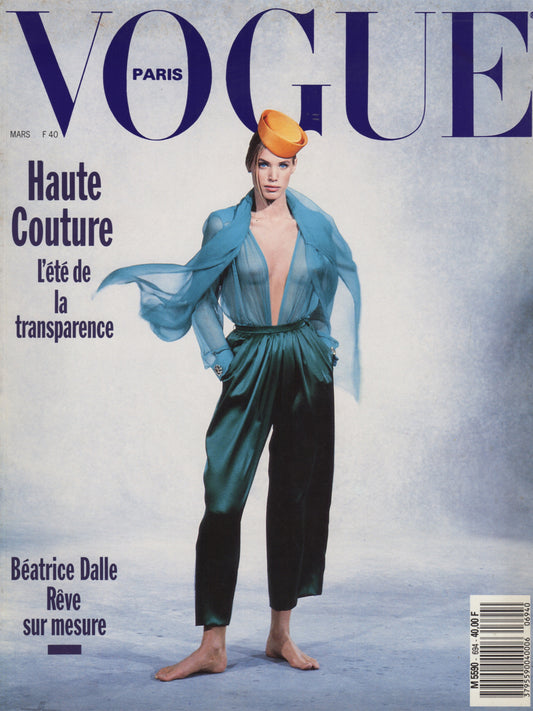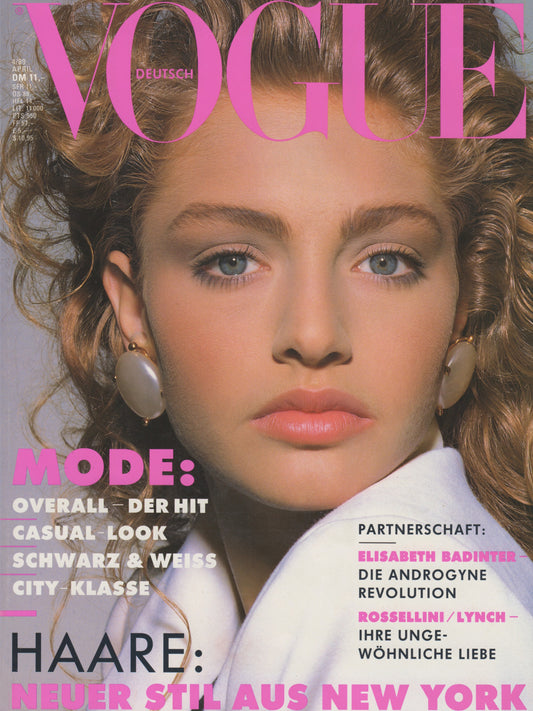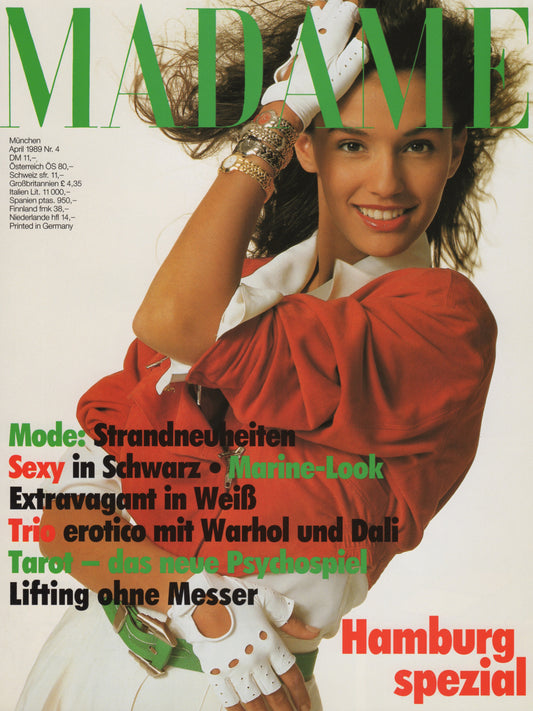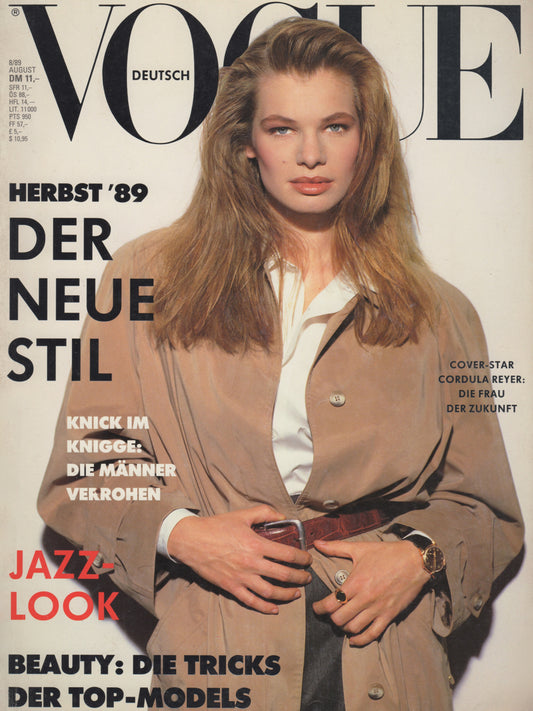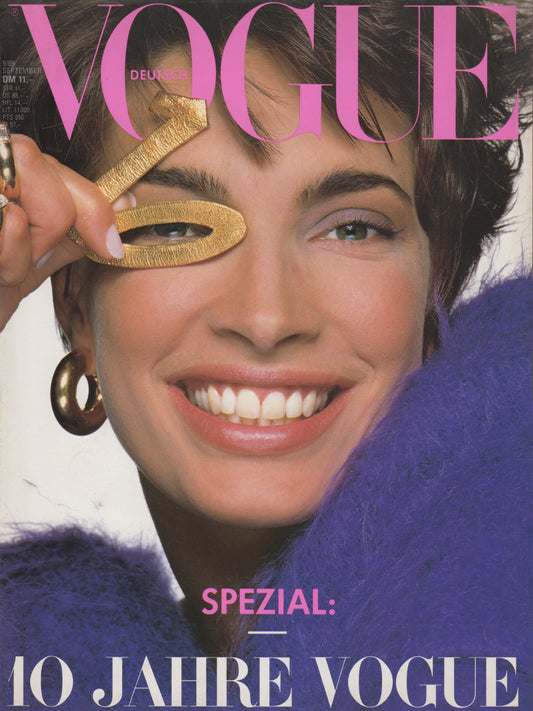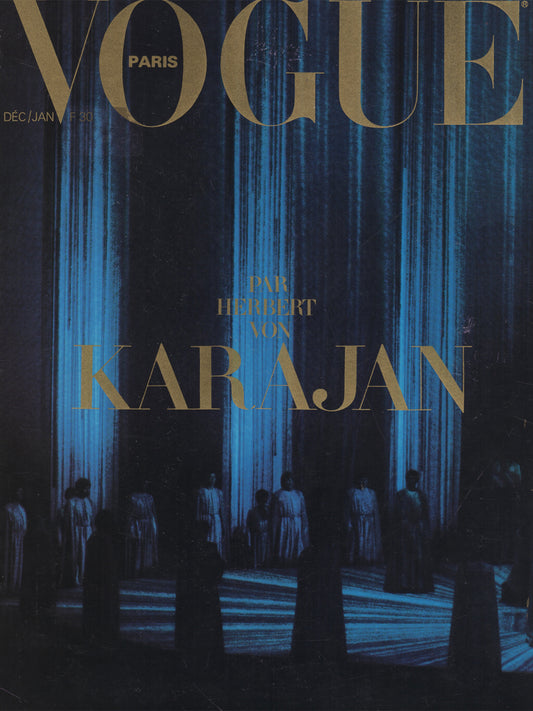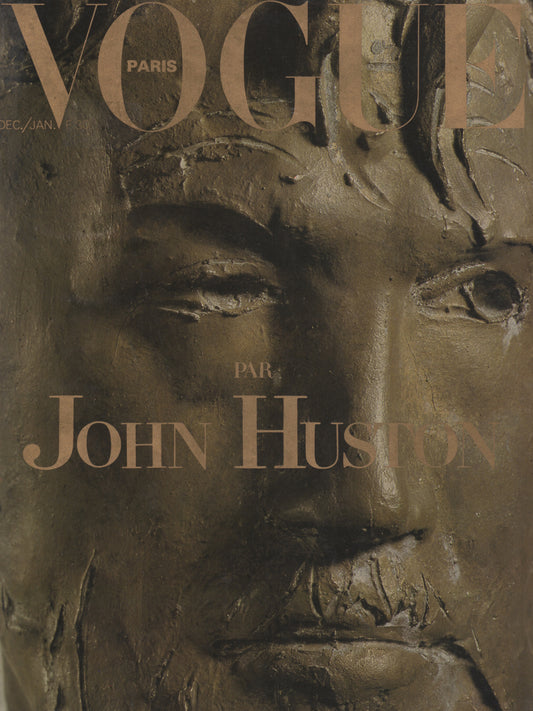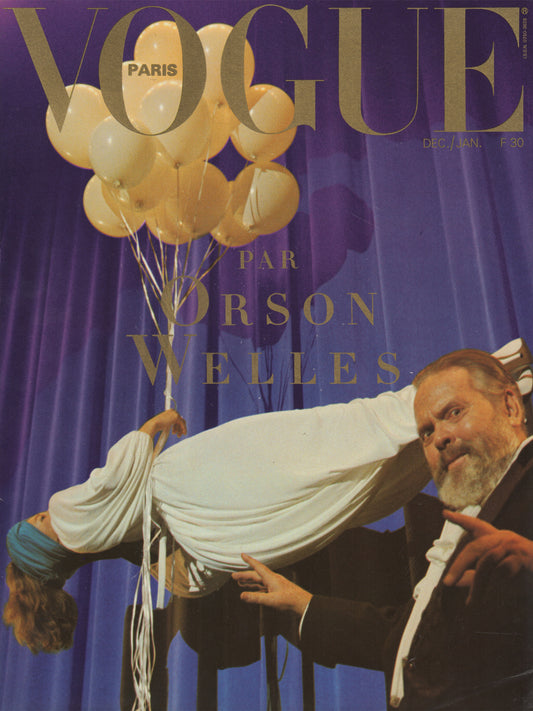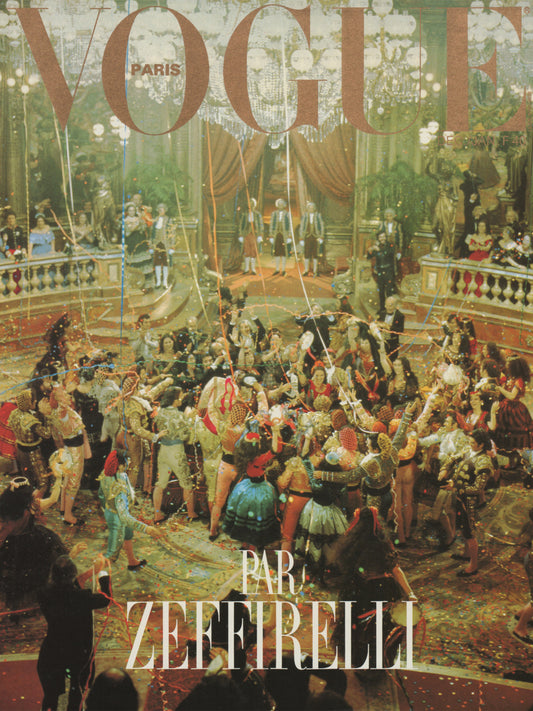Collection: FASHION MAGAZINES - 1980s
Opulence and Edge: Fashion and Power Dressing in the 1980s
The 1980s were a decade of bold, eclectic fashion defined by diverse influences from music, pop culture, high fashion, and streetwear. This era, synonymous with career-oriented lifestyles and materialism, witnessed the rise of power dressing, epitomized by sharply tailored suits, padded shoulders, and dramatic silhouettes. Women in corporate settings embraced a confident and commanding style, often pairing structured blazers with shoulder pads and wide belts with slim skirts that shortened as the decade progressed. The yuppie phenomenon further fueled the rise of designer brands, with logos becoming prominent status symbols. Early in the decade, neutral tones prevailed, gradually giving way to bright, vibrant colors in later years.
Evening wear reflected the era’s opulence, with structured blazers and padded shoulders transitioning seamlessly into evening ensembles. Cocktail dresses and skirts often featured glittery sequins, metallic fabrics, and bold colors for maximum glamour. Popular styles included asymmetrical necklines, off-the-shoulder designs, dramatic ruffles, ruching, and daring high-low hemlines. Accessories were equally bold, with statement jewelry and ornate evening bags completing the look. Beauty trends in the 1980s emphasized excess and drama. Voluminous hairstyles like perms, mullets, and teased hair ruled the scene, complemented by bold makeup featuring colorful eyeshadow, bright lipstick, heavily contoured cheeks, and thick eyebrows.
The early 1980s saw the emergence of the New Romantic movement, which showcased flamboyant, theatrical styles with ruffled shirts, velvet jackets, and frilly dresses crafted from luxurious fabrics like silk taffeta, brocade, and lace. Simultaneously, punk fashion maintained its edgy influence, featuring ripped jeans, leather jackets, heavy makeup, and dyed hair, which mixed unexpectedly with neo-romantic elements to create innovative looks. Music and entertainment heavily influenced fashion during this period. The launch of MTV in 1981 transformed icons like Madonna into trendsetters, while television series such as Dallas and Dynasty popularized extravagant, glamorous styles. The fitness craze of the 1980s also left its mark, introducing neon-colored spandex leggings, leotards, and headbands into everyday fashion, while daring swimwear added a sexy touch.
The decade saw the global fashion stage illuminated by the rise of Italian designers such as Giorgio Armani, Gianni Versace, and Franco Moschino, along with the Japanese avant-garde visionaries Issey Miyake, Yohji Yamamoto, and Rei Kawakubo of Comme des Garçons. French designers like Claude Montana, Azzedine Alaïa, Thierry Mugler, and Jean-Paul Gaultier further defined the decade’s artistic innovation. Meanwhile, models like Linda Evangelista, Christy Turlington, Naomi Campbell, Stephanie Seymour, and Claudia Schiffer began their ascent to supermodel stardom in the late 1980s, setting the stage for the fashion icons of the 1990s.
-
L'OFFICIEL PARIS March 1980
Regular price 250 €Regular price -
VOGUE PARIS April 1980
Regular price 220 €Regular price -
VOGUE PARIS May 1980
Regular price 200 €Regular price -
VOGUE US July 1980
Regular price 170 €Regular price -
VOGUE PARIS November 1980
Regular price 100 €Regular price -
VOGUE PARIS March 1981
Regular price 180 €Regular price -
VOGUE PARIS August 1981
Regular price 180 €Regular price -
VOGUE PARIS September 1981
Regular price 270 €Regular price -
VOGUE PARIS November 1981
Regular price 270 €Regular price -
VOGUE PARIS February 1982
Regular price 180 €Regular price -
VOGUE PARIS March 1982
Regular price 200 €Regular price -
VOGUE PARIS April 1982
Regular price 165 €Regular price -
VOGUE PARIS September 1982
Regular price 250 €Regular price -
VOGUE PARIS March 1983
Regular price 250 €Regular price -
VOGUE PARIS April 1983
Regular price 155 €Regular price -
VOGUE PARIS August 1983
Regular price 225 €Regular price -
VOGUE PARIS September 1983
Regular price 250 €Regular price -
VOGUE PARIS October 1983
Regular price 270 €Regular price -
VOGUE PARIS November 1983
Regular price 150 €Regular price -
L'OFFICIEL PARIS February 1985
Regular price 180 €Regular price -
VOGUE GERMANY March 1985
Regular price 200 €Regular price -
VOGUE PARIS March 1985
Regular price 295 €Regular price -
VOGUE GERMANY August 1985
Regular price 200 €Regular price -
VOGUE GERMANY September 1985
Regular price 200 €Regular price -
VOGUE GERMANY December 1985
Regular price 275 €Regular price -
MADAME GERMANY January 1986
Regular price 39 €Regular price -
VOGUE PARIS February 1986
Regular price 190 €Regular price -
VOGUE GERMANY February 1986
Regular price 100 €Regular price -
VOGUE PARIS March 1986
Regular price 270 €Regular price -
VOGUE GERMANY March 1986
Regular price 160 €Regular price -
VOGUE PARIS April 1986
Regular price 270 €Regular price -
VOGUE GERMANY April 1986
Regular price 170 €Regular price -
VOGUE GERMANY June 1986
Regular price 180 €Regular price -
VOGUE PARIS August 1986
Regular price 180 €Regular price -
VOGUE GERMANY August 1986
Regular price 180 €Regular price -
VOGUE GERMANY September 1986
Regular price 200 €Regular price -
VOGUE GERMANY November 1986
Regular price 180 €Regular price -
VOGUE GERMANY December 1986
Regular price 225 €Regular price -
VOGUE GERMANY February 1987
Regular price 180 €Regular price -
VOGUE GERMANY July 1987
Regular price 180 €Regular price -
VOGUE GERMANY August 1987
Regular price 180 €Regular price -
MADAME GERMANY January 1988
Regular price 39 €Regular price -
MADAME GERMANY February 1988
Regular price 39 €Regular price -
VOGUE PARIS March 1988
Regular price 200 €Regular price -
MADAME GERMANY April 1988
Regular price 39 €Regular price -
VOGUE GERMANY June 1988
Regular price 180 €Regular price -
MADAME GERMANY July 1988
Regular price 39 €Regular price -
VOGUE Paris September 1988
Regular price 160 €Regular price -
VOGUE GERMANY October 1988
Regular price 180 €Regular price -
MADAME GERMANY January 1989
Regular price 35 €Regular price -
VOGUE GERMANY February 1989
Regular price 200 €Regular price -
VOGUE PARIS March 1989
Regular price 200 €Regular price -
VOGUE GERMANY April 1989
Regular price 180 €Regular price -
MADAME GERMANY April 1989
Regular price 49 €Regular price -
VOGUE GERMANY August 1989
Regular price 175 €Regular price -
VOGUE GERMANY September 1989
Regular price 225 €Regular price -
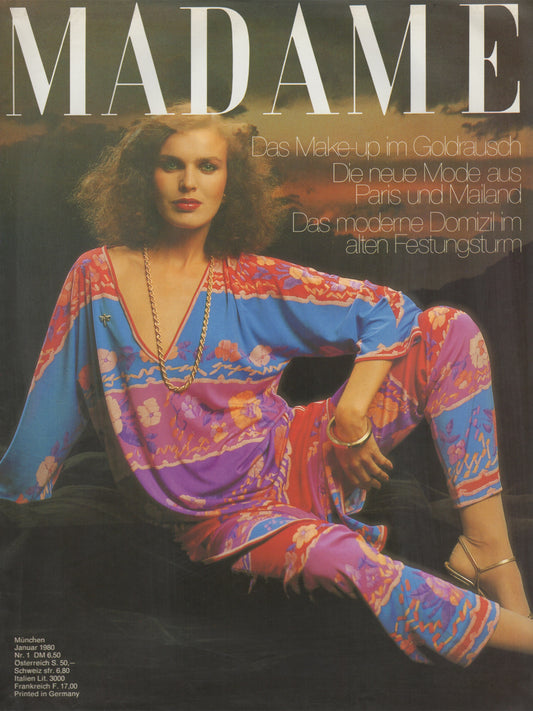 Sold out
Sold outMADAME GERMANY January 1980
Regular price 0 €Regular price -
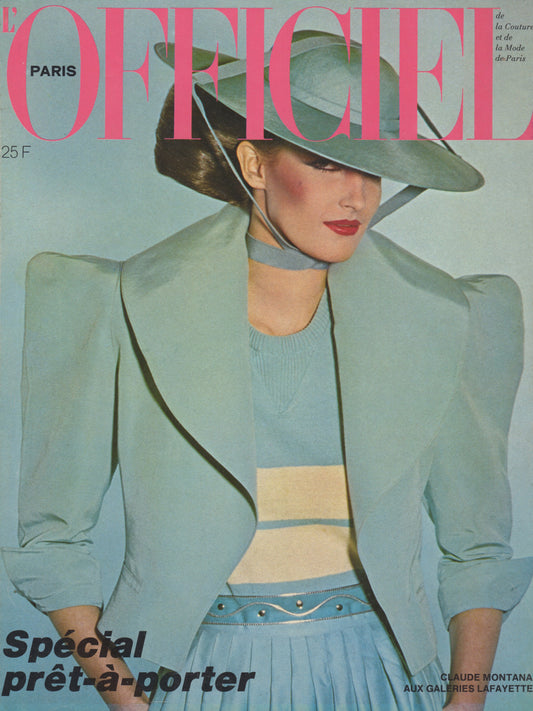 Sold out
Sold outL'OFFICIEL PARIS February 1980
Regular price 0 €Regular price -
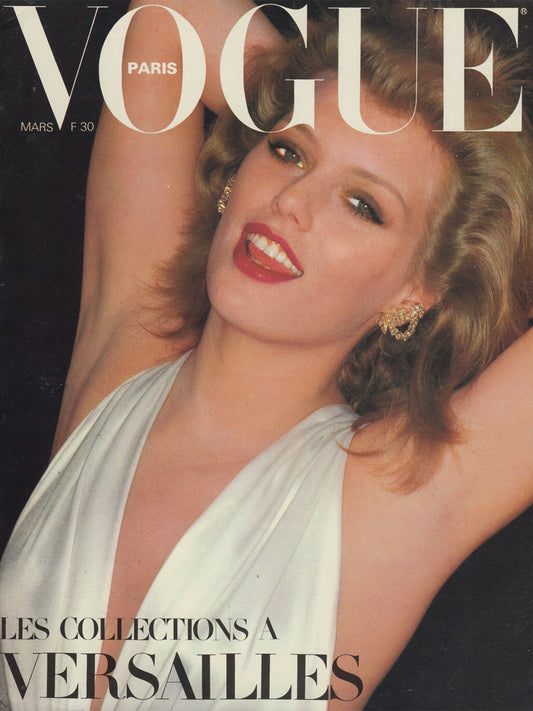 Sold out
Sold outVOGUE PARIS March 1980
Regular price 200 €Regular price -
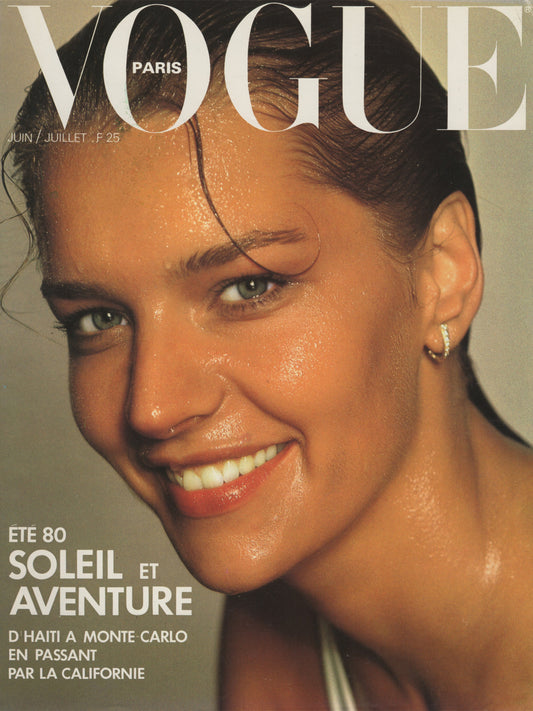 Sold out
Sold outVOGUE PARIS June/July 1980
Regular price 0 €Regular price -
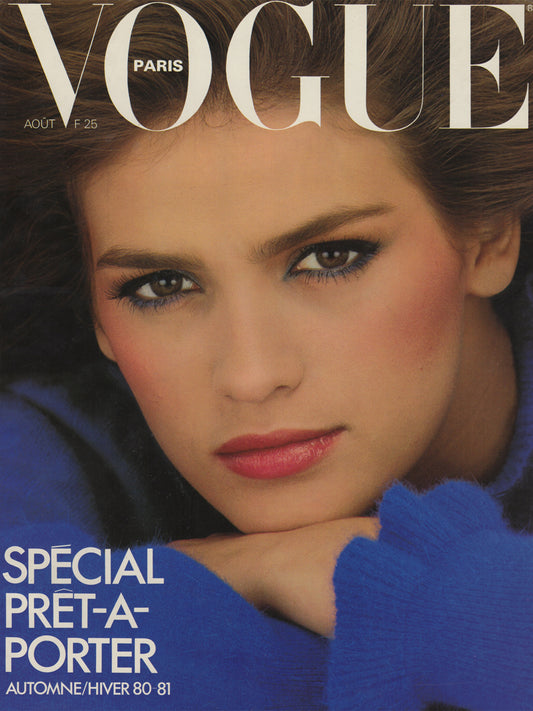 Sold out
Sold outVOGUE PARIS August 1980
Regular price 450 €Regular price -
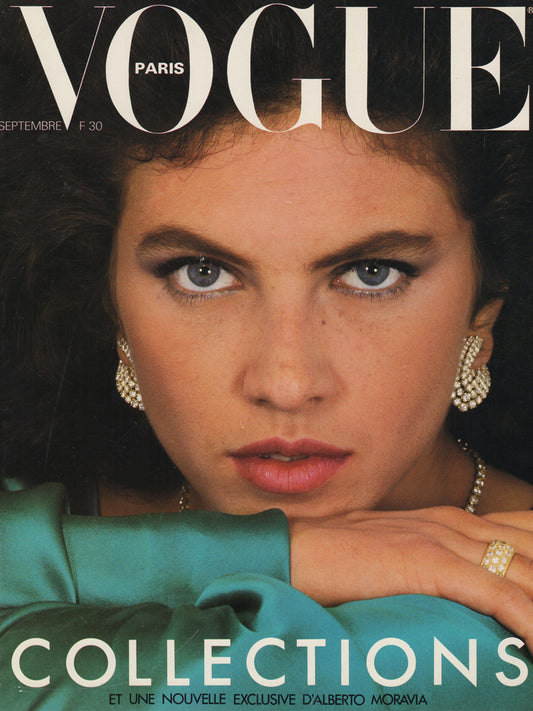 Sold out
Sold outVOGUE PARIS September 1980
Regular price 0 €Regular price -
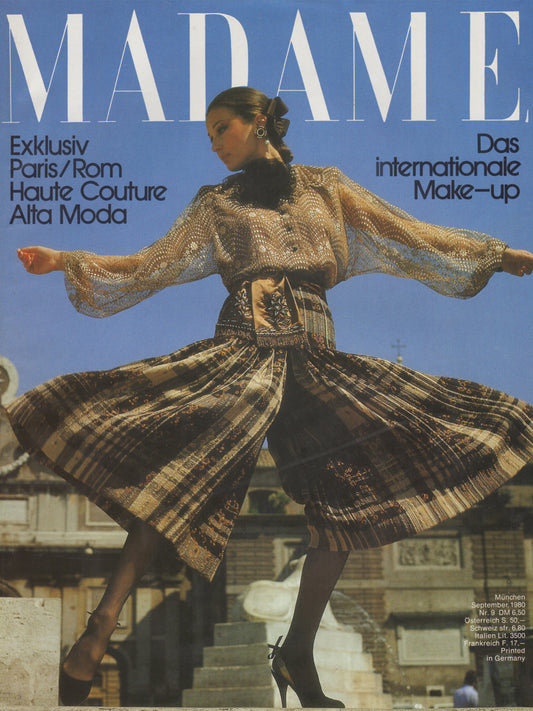 Sold out
Sold outMADAME GERMANY September 1980
Regular price 0 €Regular price -
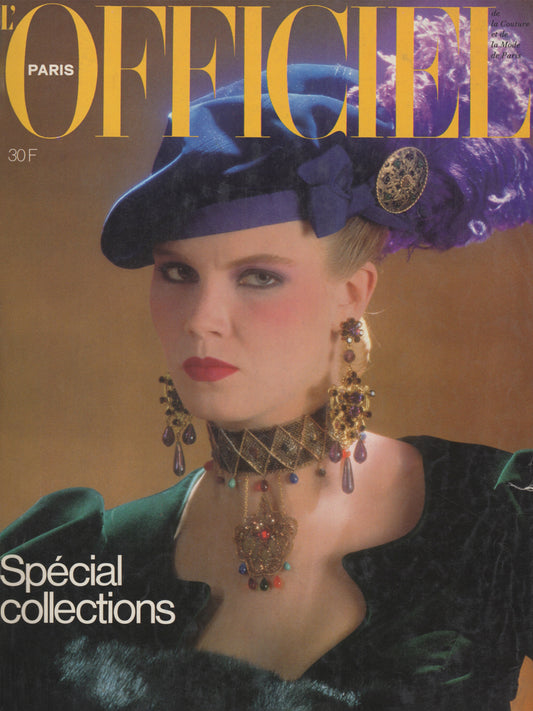 Sold out
Sold outL'OFFICIEL PARIS September 1980
Regular price 0 €Regular price -
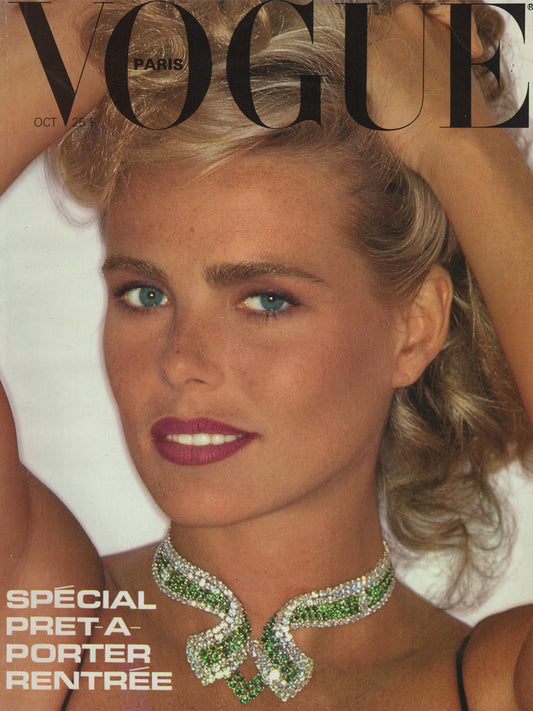 Sold out
Sold outVOGUE PARIS October 1980
Regular price 300 €Regular price -
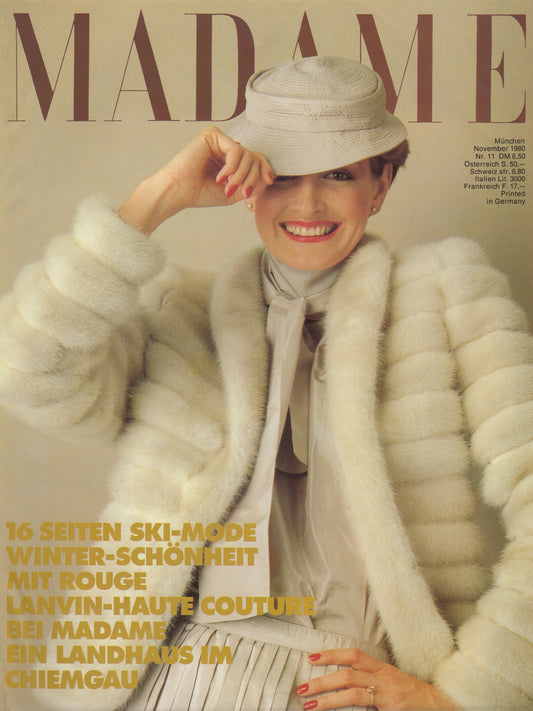 Sold out
Sold outMADAME GERMANY November 1980
Regular price 0 €Regular price -
VOGUE PARIS December 1980/January 1981
Regular price 200 €Regular price -
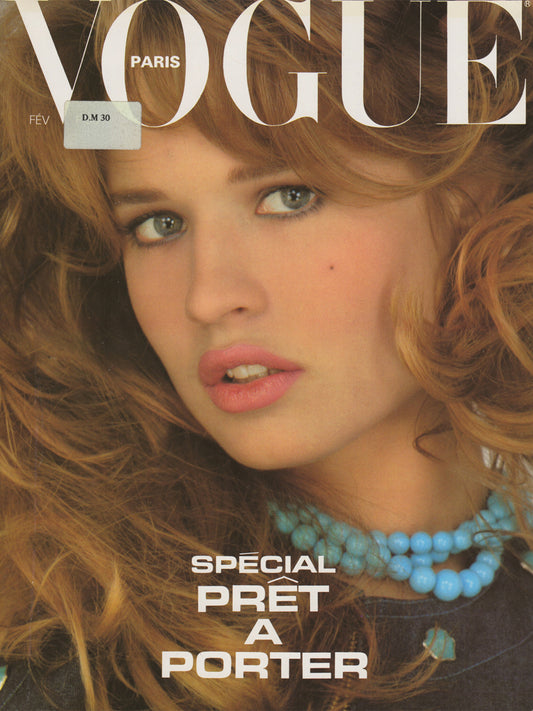 Sold out
Sold outVOGUE PARIS February 1981
Regular price 145 €Regular price -
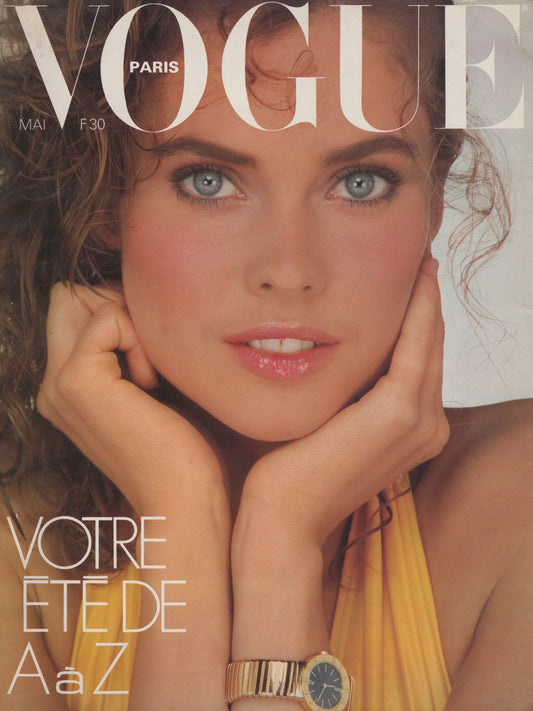 Sold out
Sold outVOGUE PARIS May 1981
Regular price 270 €Regular price -
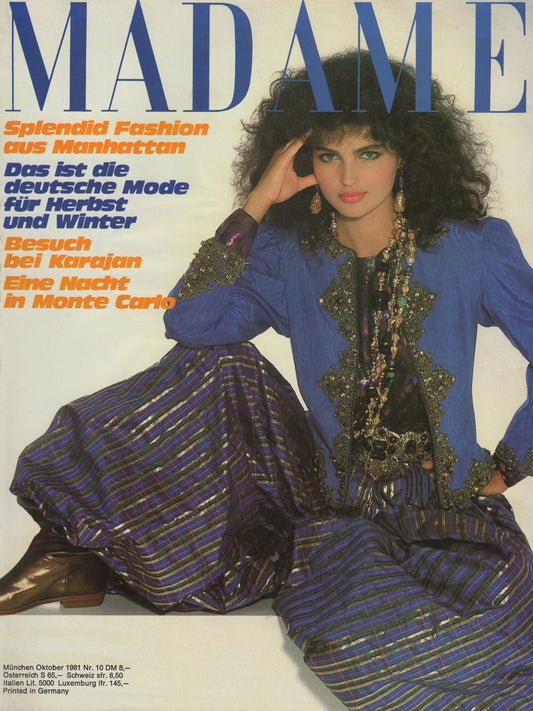 Sold out
Sold outMADAME GERMANY October 1981
Regular price 0 €Regular price -
VOGUE PARIS December 1981/January 1982
Regular price 0 €Regular price -
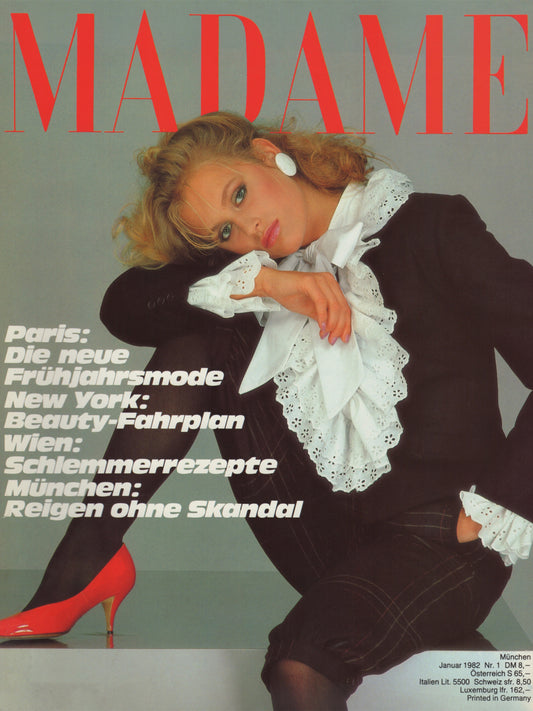 Sold out
Sold outMADAME GERMANY January 1982
Regular price 0 €Regular price -
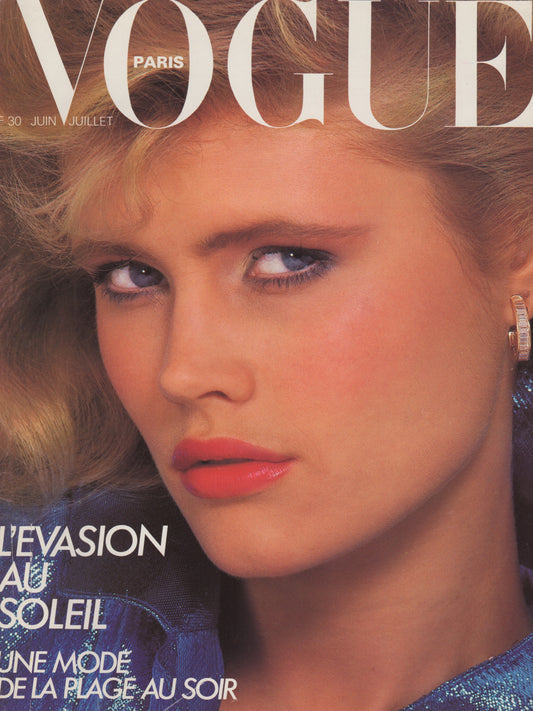 Sold out
Sold outVOGUE PARIS June/July 1982
Regular price 0 €Regular price -
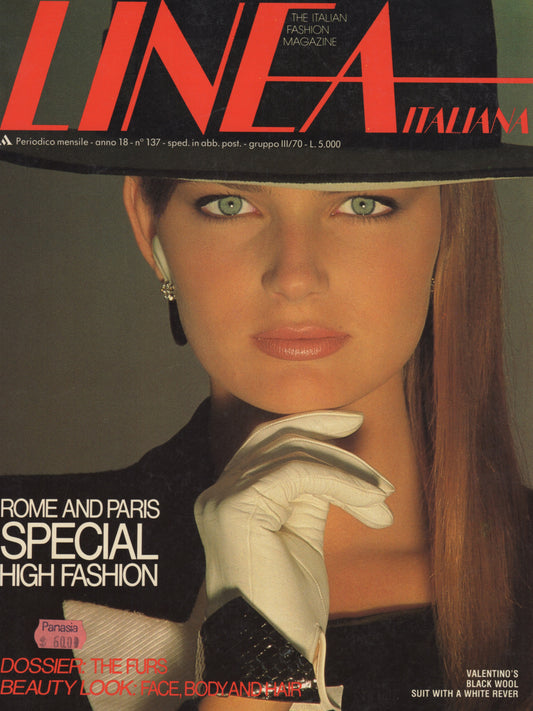 Sold out
Sold outLINEA ITALIANA September 1982
Regular price 0 €Regular price -
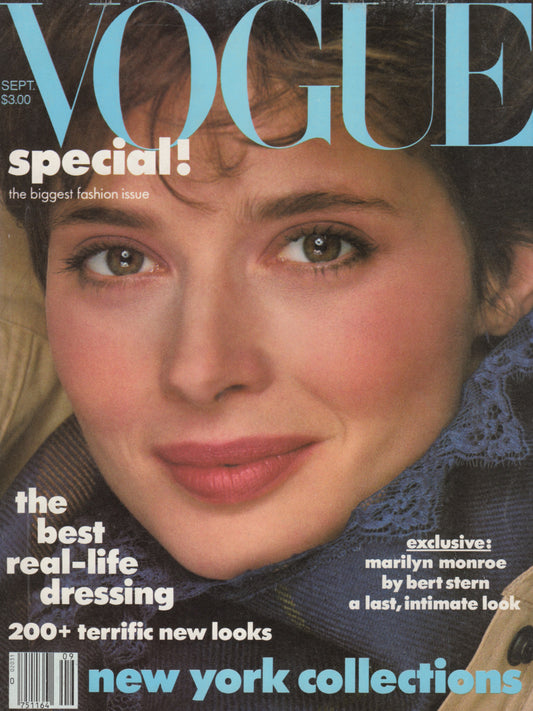 Sold out
Sold outVOGUE US September 1982
Regular price 80 €Regular price -
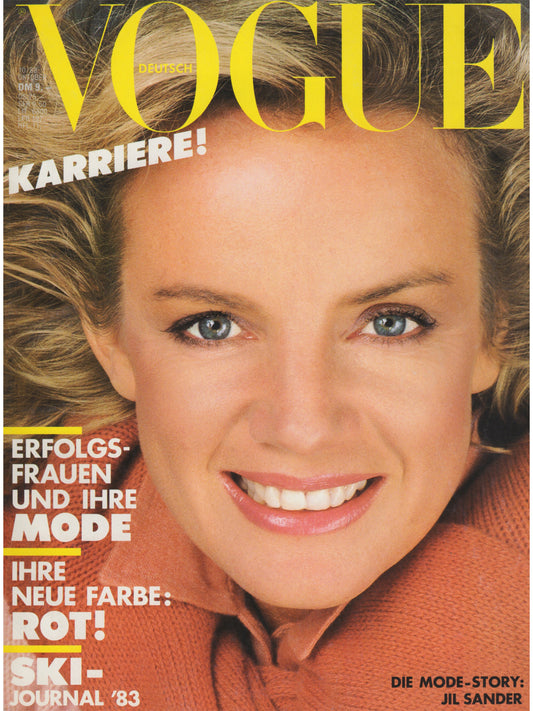 Sold out
Sold outVOGUE GERMANY October 1982
Regular price 0 €Regular price -
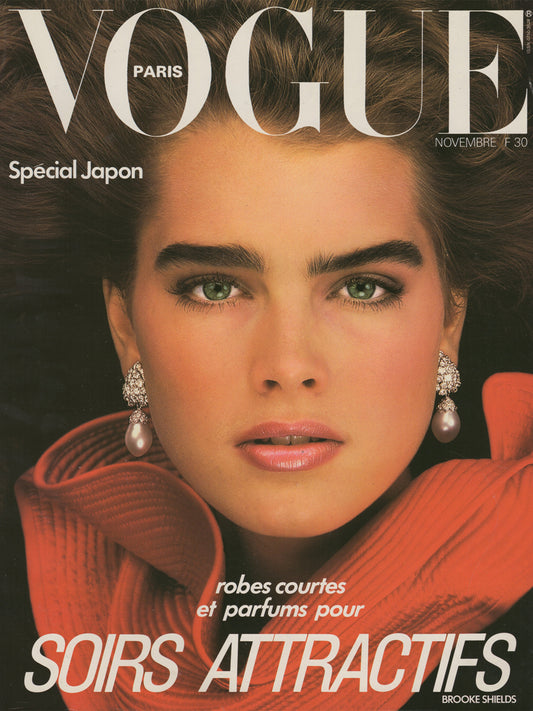 Sold out
Sold outVOGUE PARIS November 1982
Regular price 270 €Regular price -
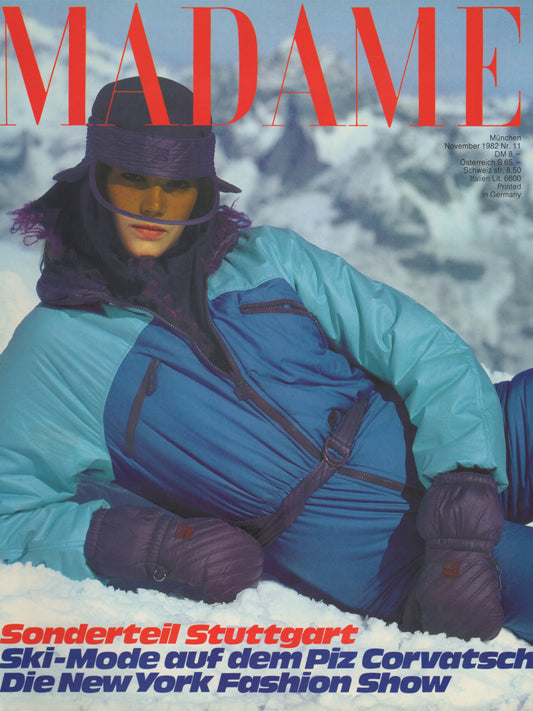 Sold out
Sold outMADAME GERMANY November 1982
Regular price 0 €Regular price -
VOGUE PARIS December 1982/January 1983
Regular price 200 €Regular price -
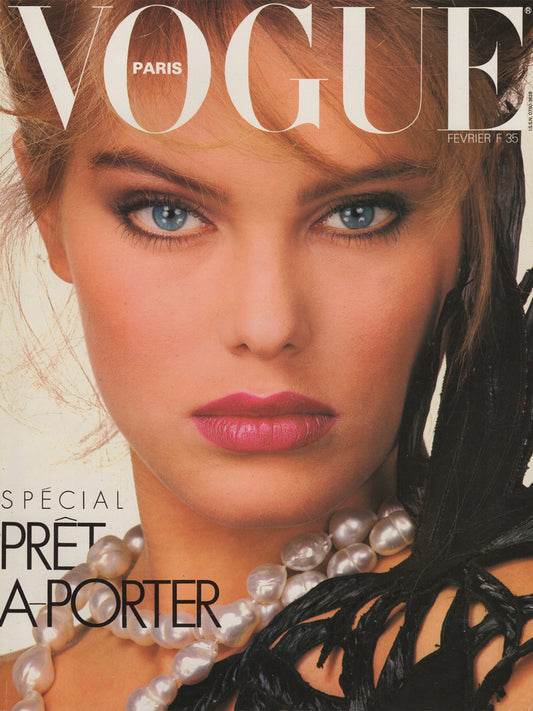 Sold out
Sold outVOGUE PARIS February 1983
Regular price 165 €Regular price -
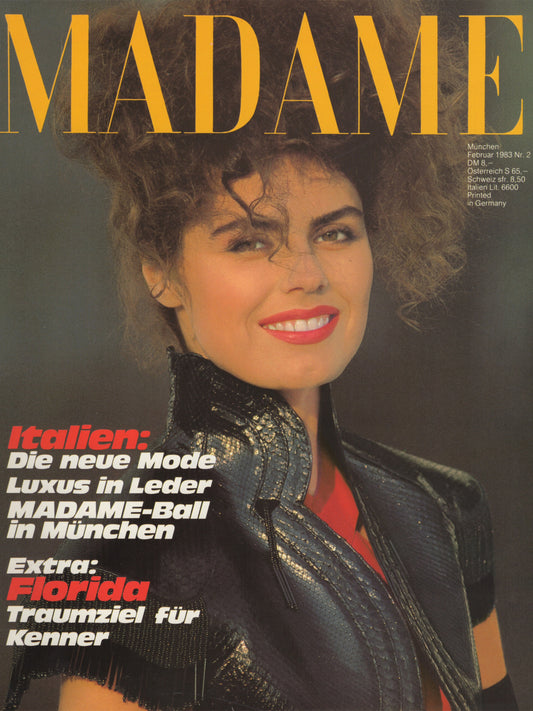 Sold out
Sold outMADAME GERMANY February 1983
Regular price 0 €Regular price -
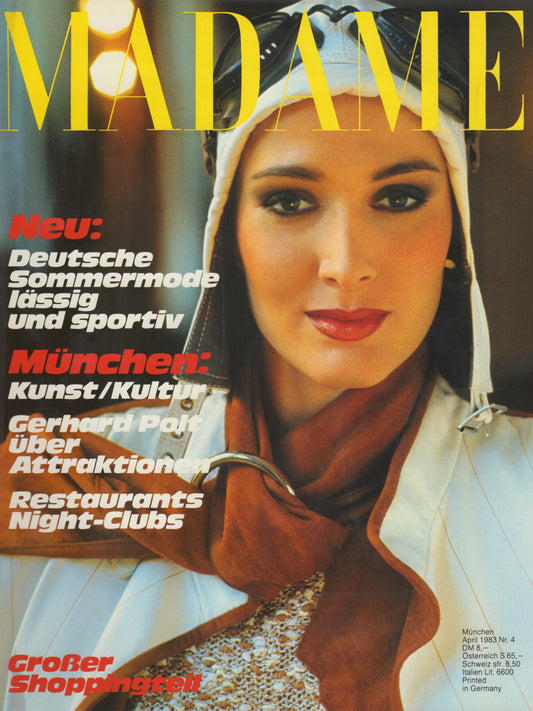 Sold out
Sold outMADAME GERMANY April 1983
Regular price 0 €Regular price -
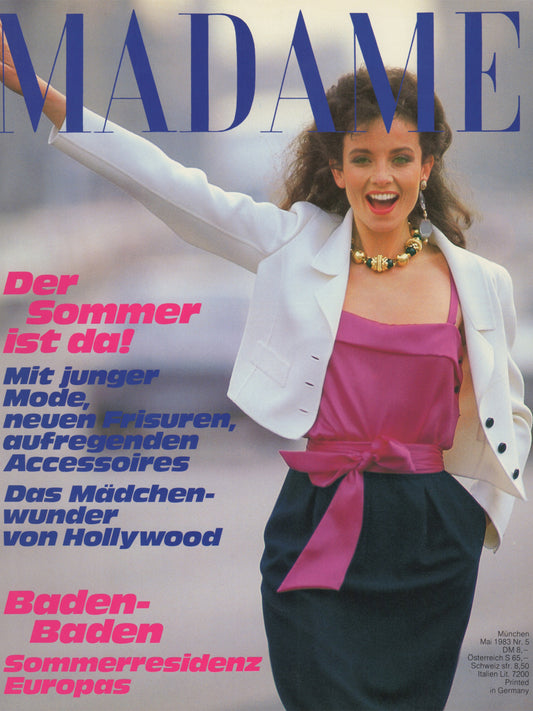 Sold out
Sold outMADAME GERMANY May 1983
Regular price 0 €Regular price -
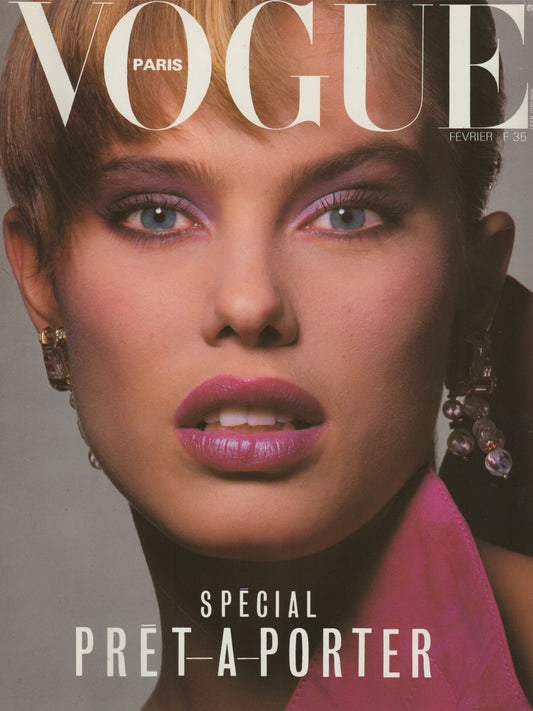 Sold out
Sold outVOGUE PARIS February 1984
Regular price 160 €Regular price -
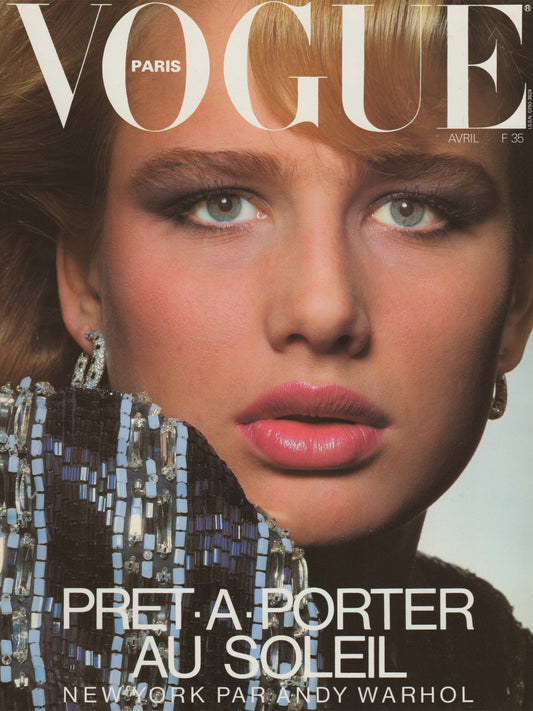 Sold out
Sold outVOGUE PARIS April 1984
Regular price 0 €Regular price -
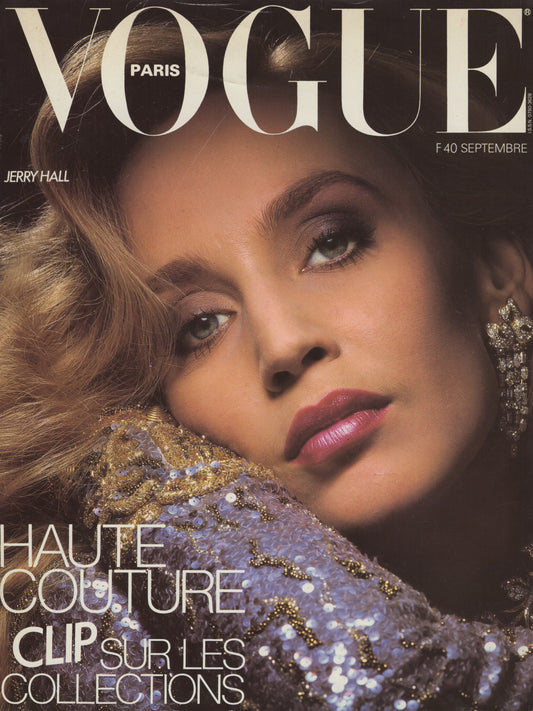 Sold out
Sold outVOGUE PARIS September 1984
Regular price 200 €Regular price -
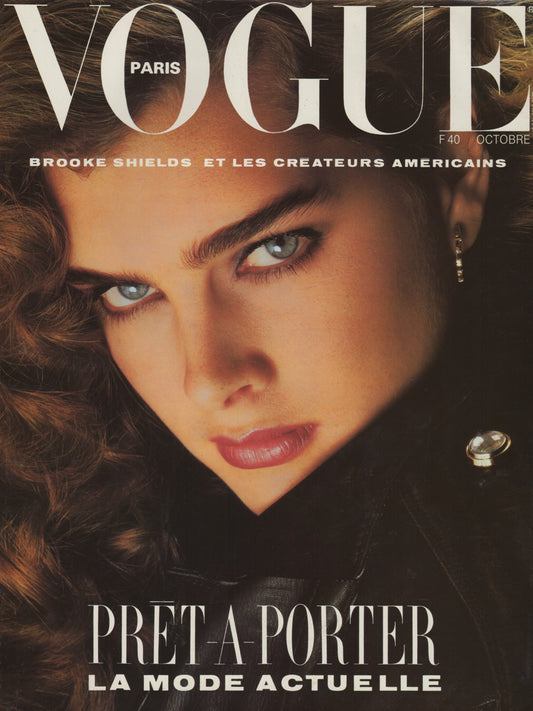 Sold out
Sold outVOGUE PARIS October 1984
Regular price 215 €Regular price -
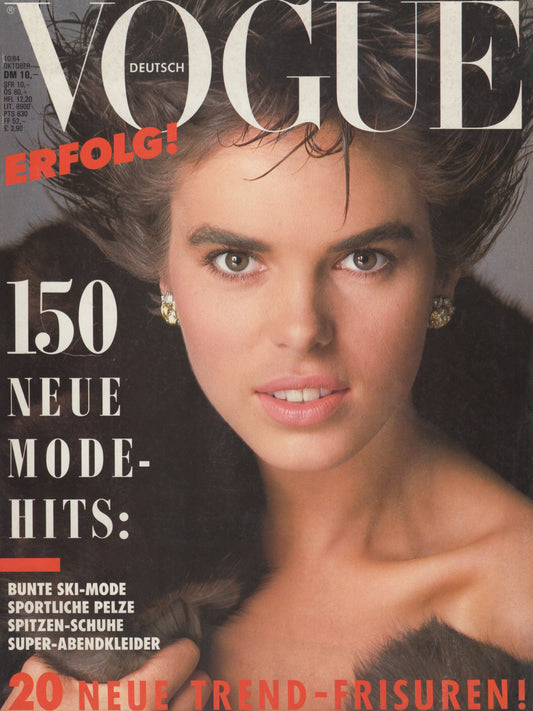 Sold out
Sold outVOGUE GERMANY October 1984
Regular price 0 €Regular price -
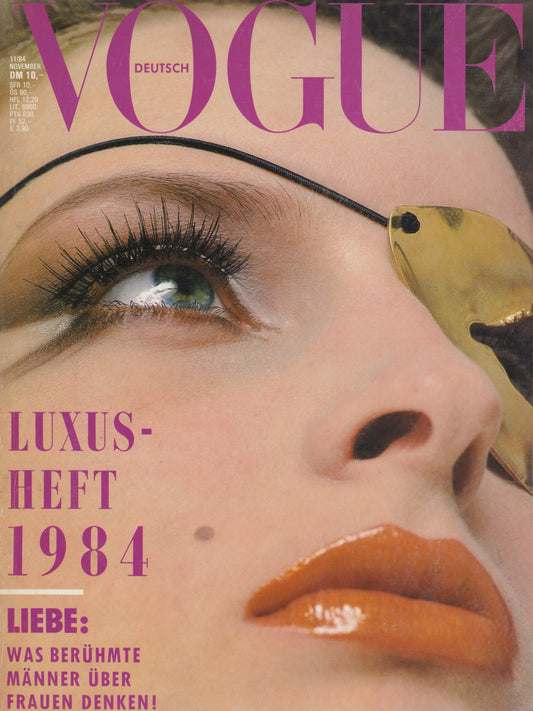 Sold out
Sold outVOGUE GERMANY November 1984
Regular price 0 €Regular price -
VOGUE PARIS December 1984/January 1985
Regular price 300 €Regular price -
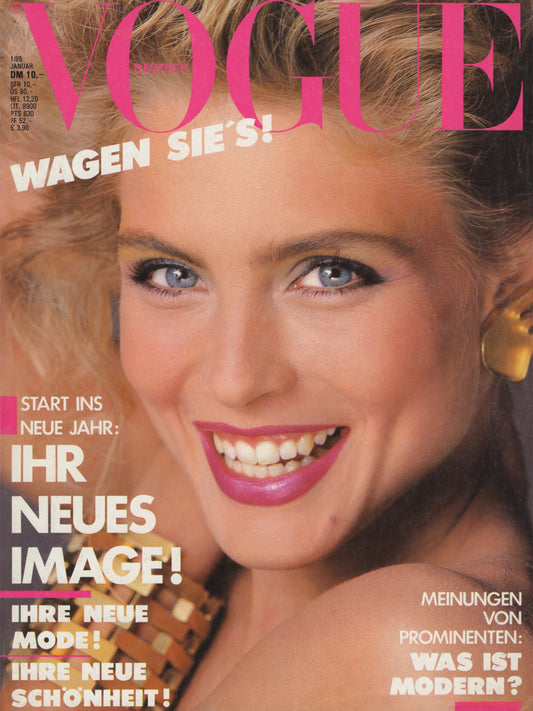 Sold out
Sold outVOGUE GERMANY January 1985
Regular price 0 €Regular price -
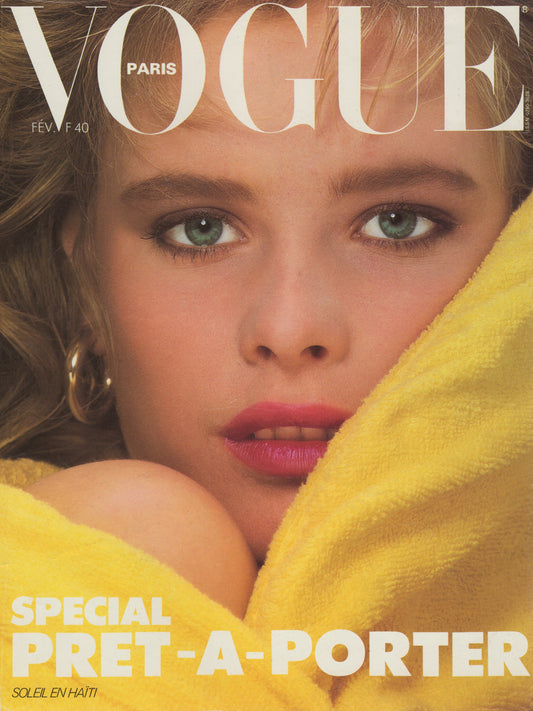 Sold out
Sold outVOGUE PARIS February 1985
Regular price 0 €Regular price -
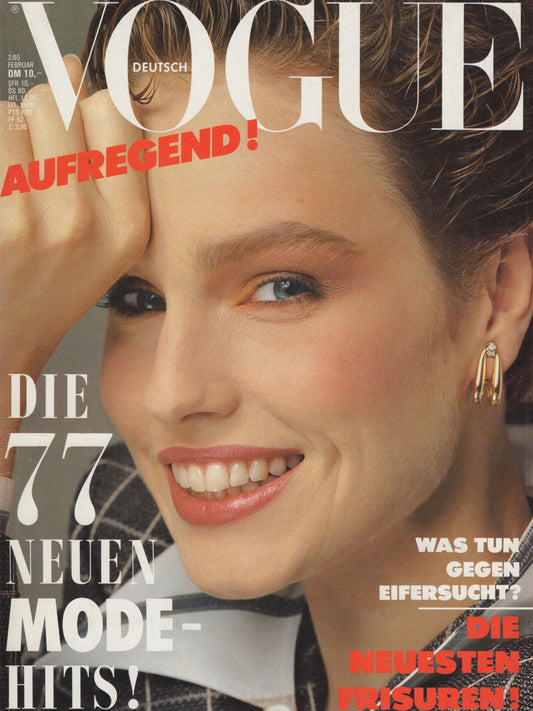 Sold out
Sold outVOGUE GERMANY February 1985
Regular price 0 €Regular price -
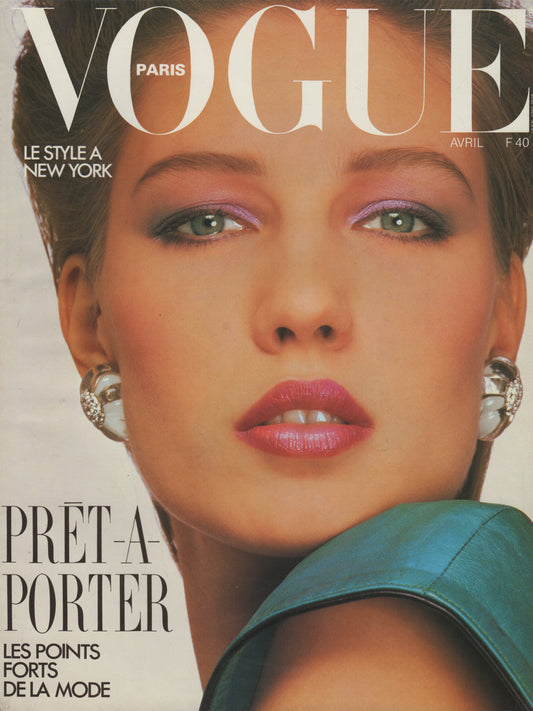 Sold out
Sold outVOGUE PARIS April 1985
Regular price 215 €Regular price -
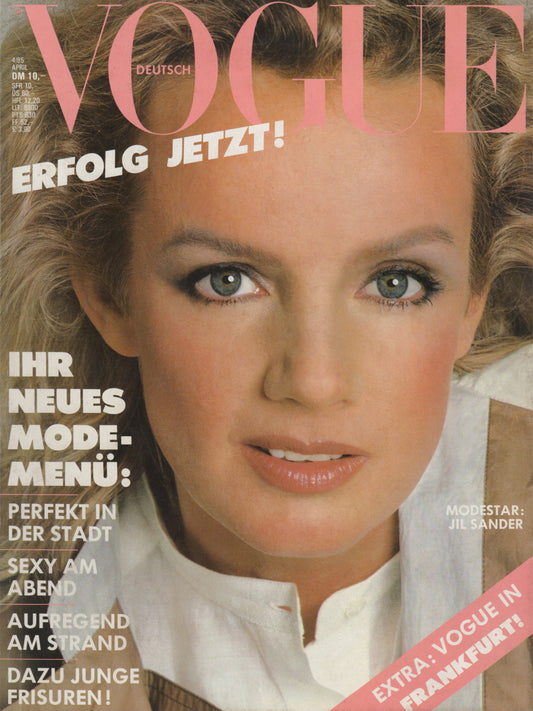 Sold out
Sold outVOGUE GERMANY April 1985
Regular price 0 €Regular price -
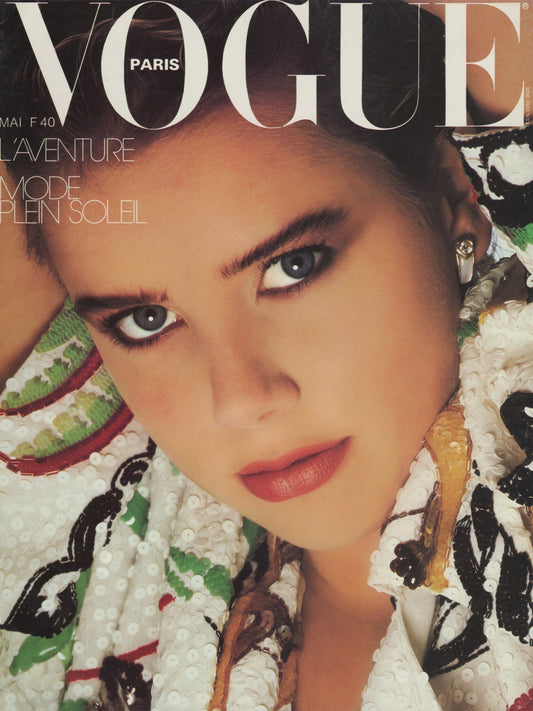 Sold out
Sold outVOGUE PARIS May 1985
Regular price 0 €Regular price -
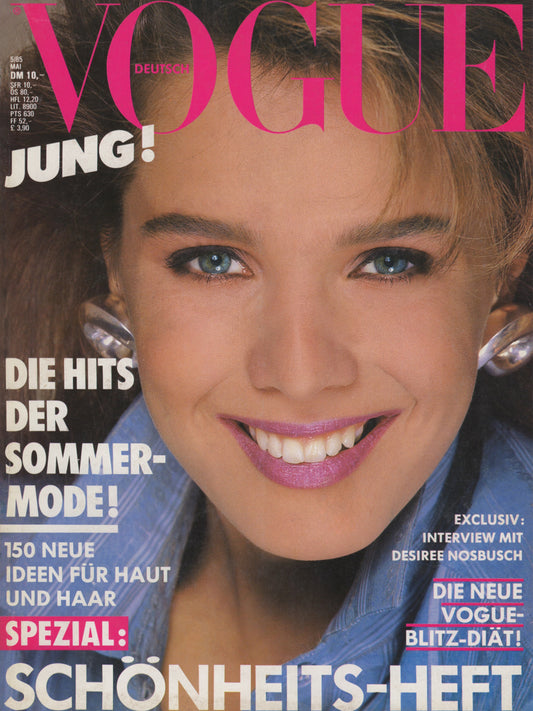 Sold out
Sold outVOGUE GERMANY May 1985
Regular price 0 €Regular price -
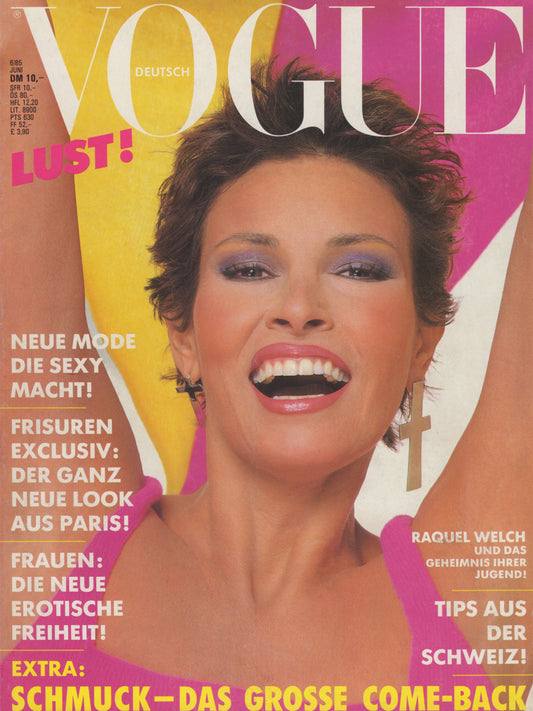 Sold out
Sold outVOGUE GERMANY June 1985
Regular price 0 €Regular price -
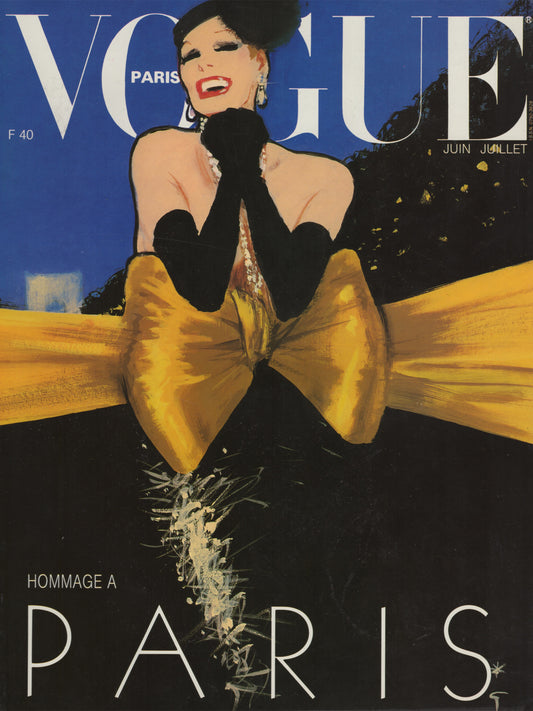 Sold out
Sold outVOGUE PARIS June/July 1985
Regular price 0 €Regular price -
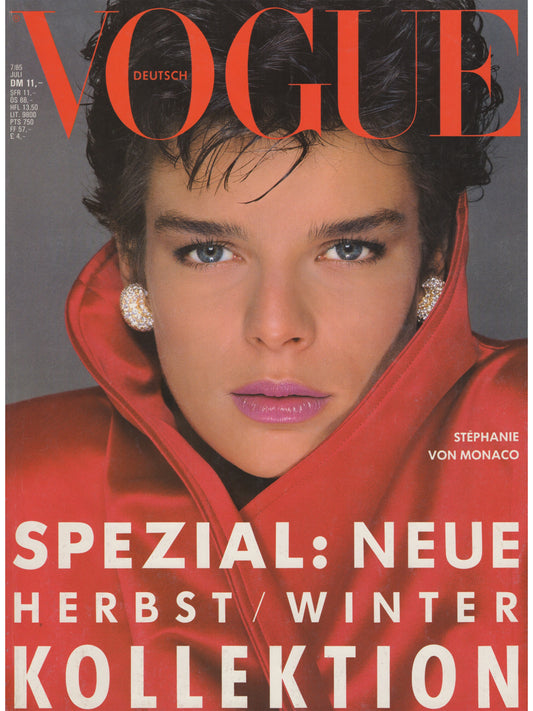 Sold out
Sold outVOGUE GERMANY July 1985
Regular price 80 €Regular price
Dive Into the Fashion Milestones of the 1980s and Discover How Each Year Shaped the Couture World. Click to Explore!
The 1980s Fashion Chronicles: Discover the Year's Major Trends and Designers
